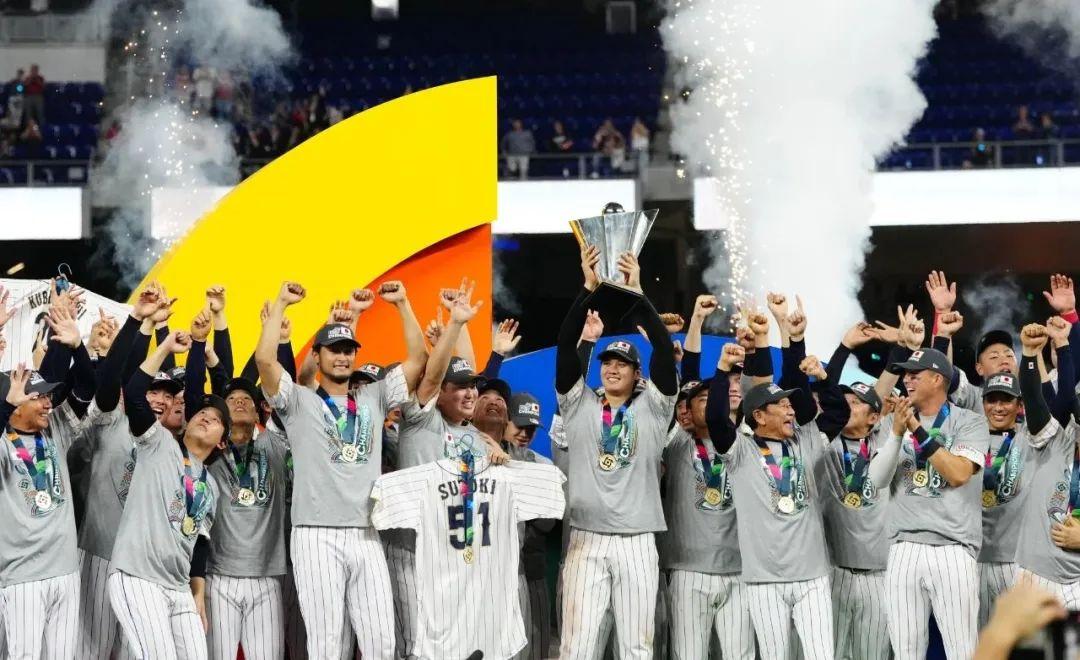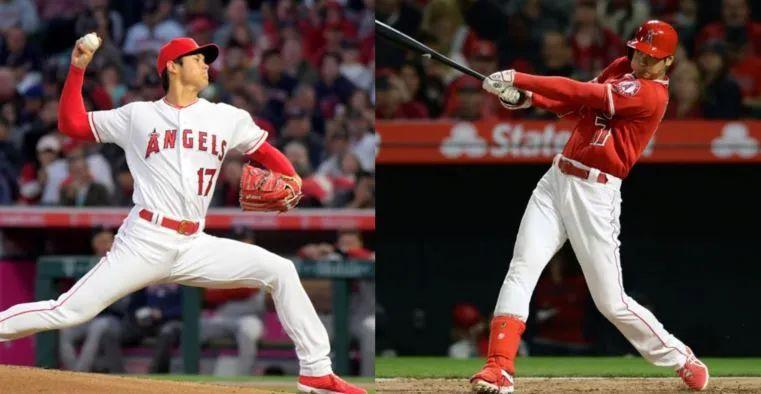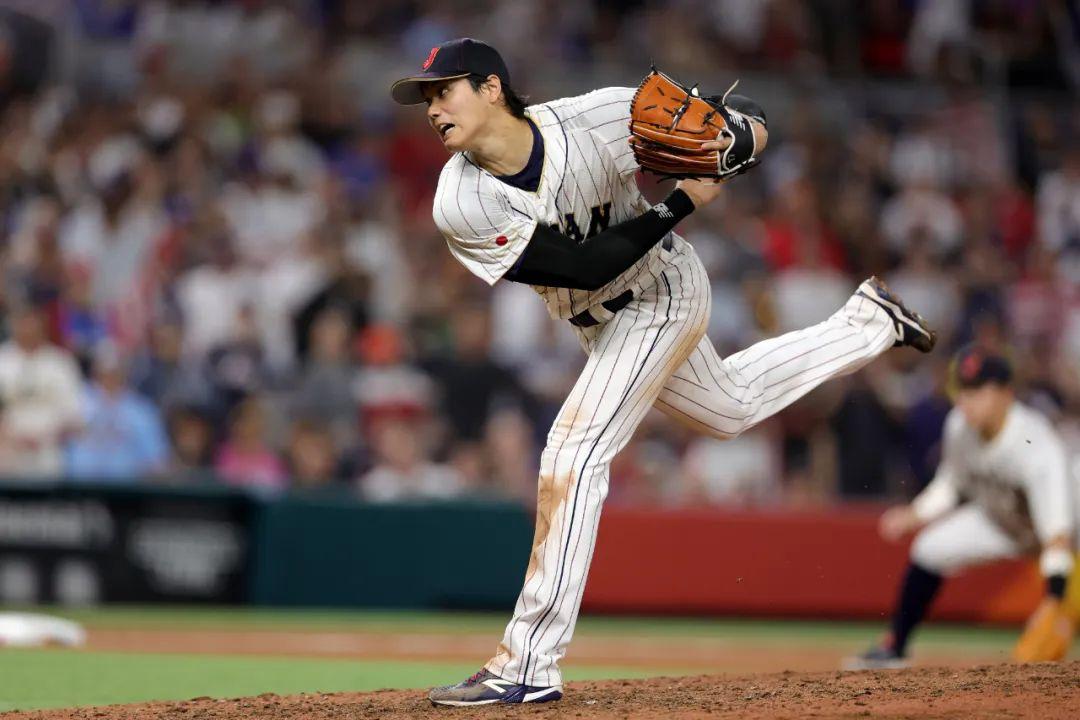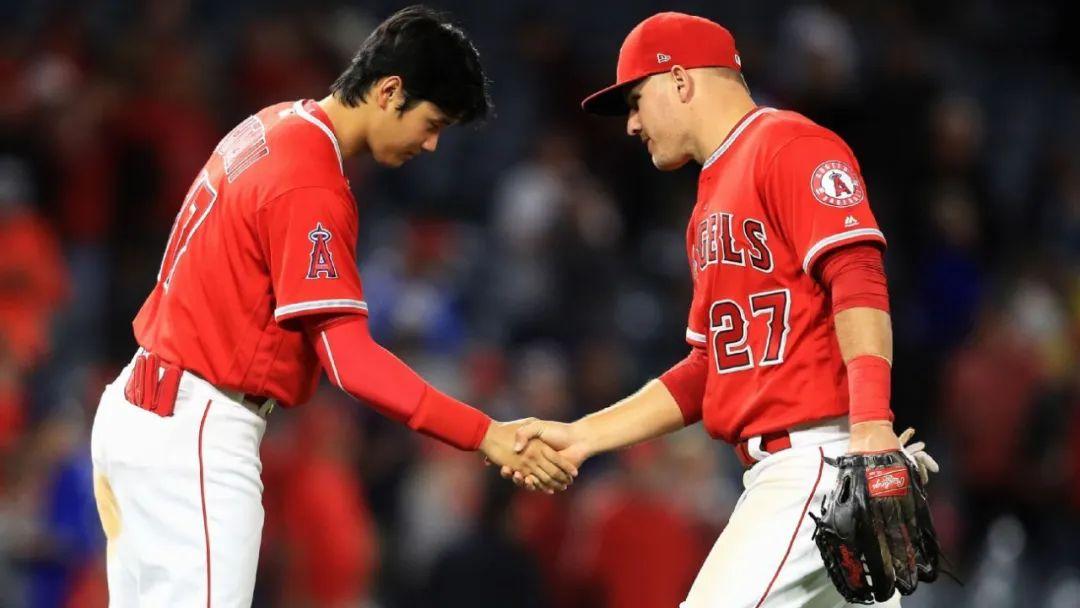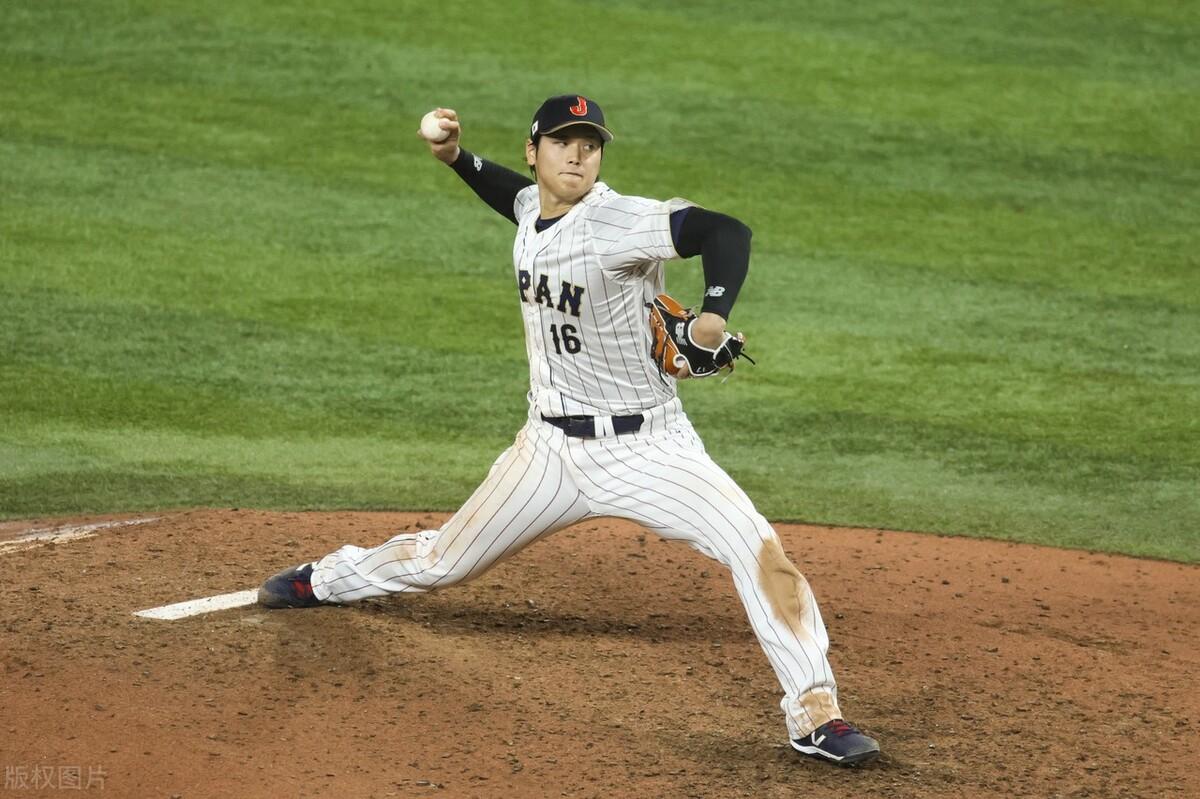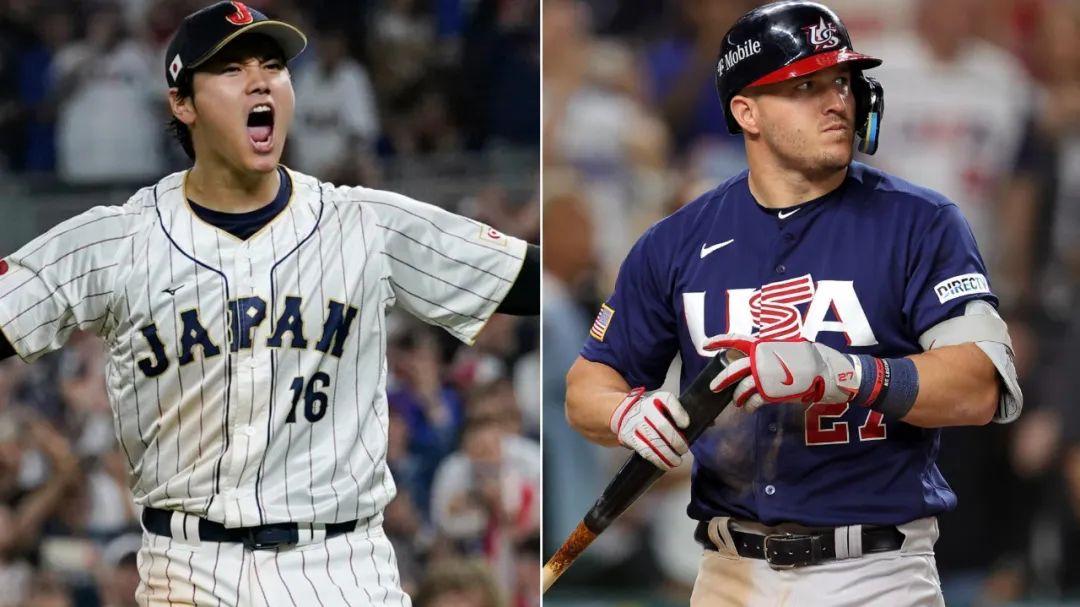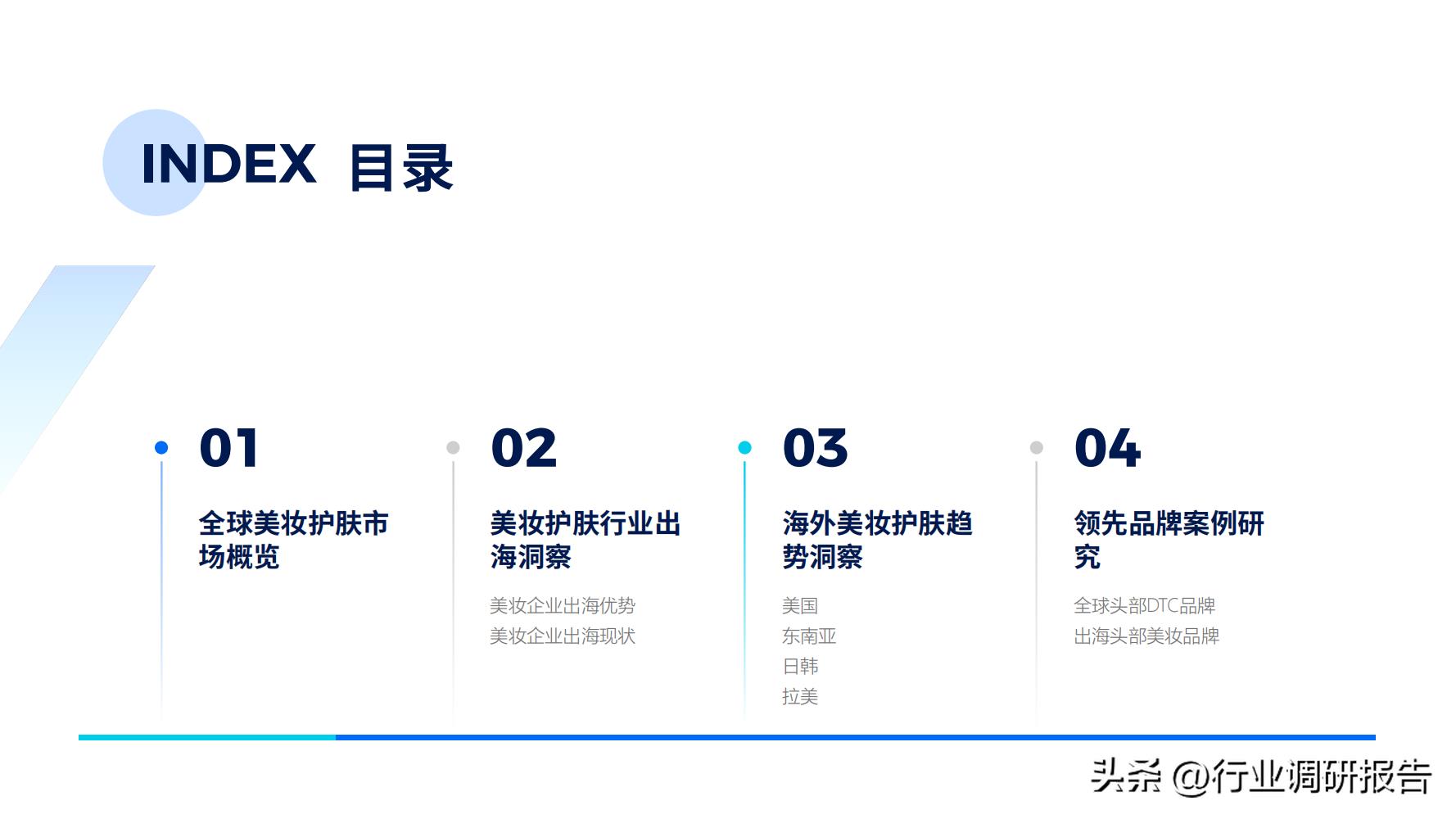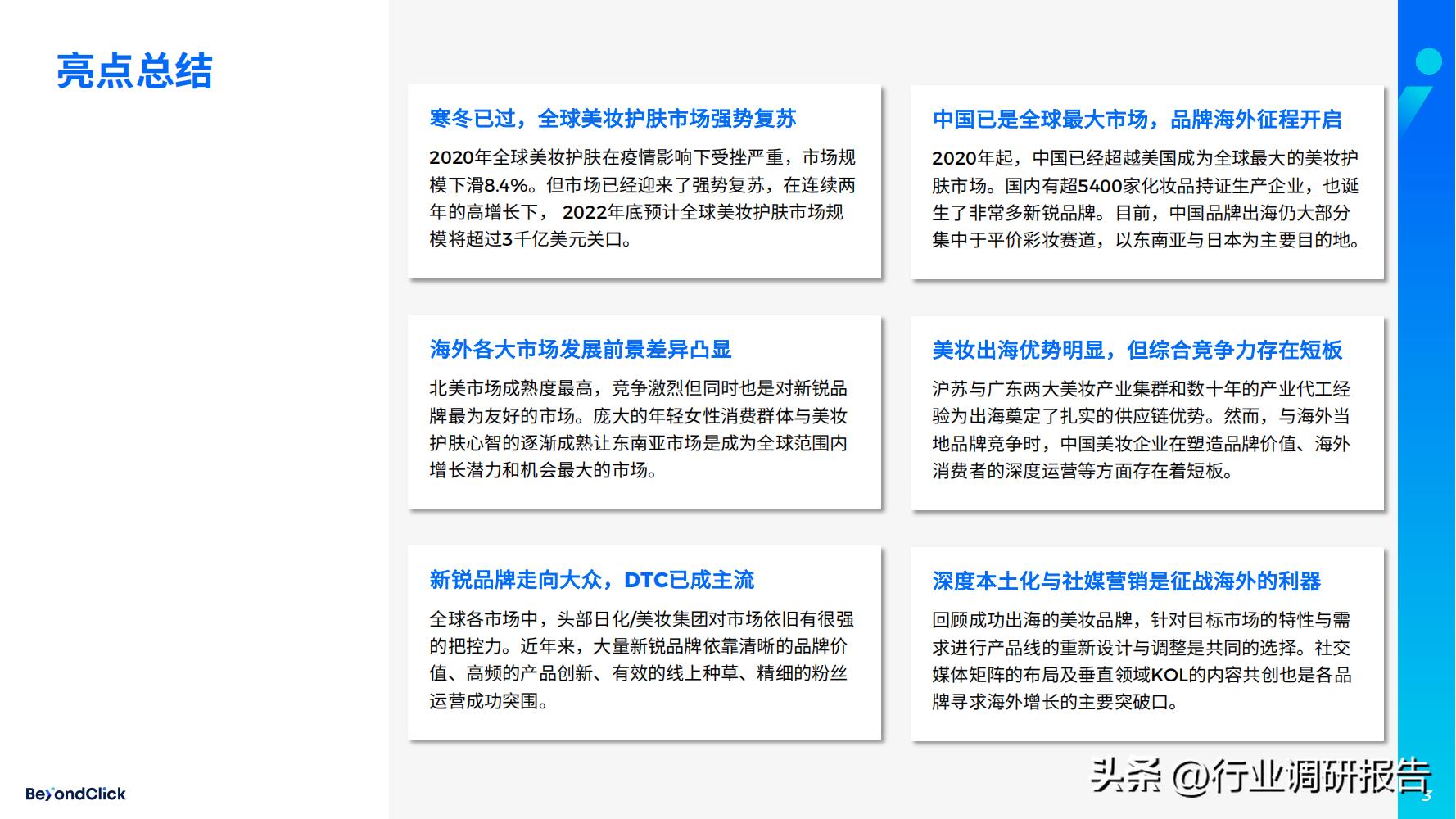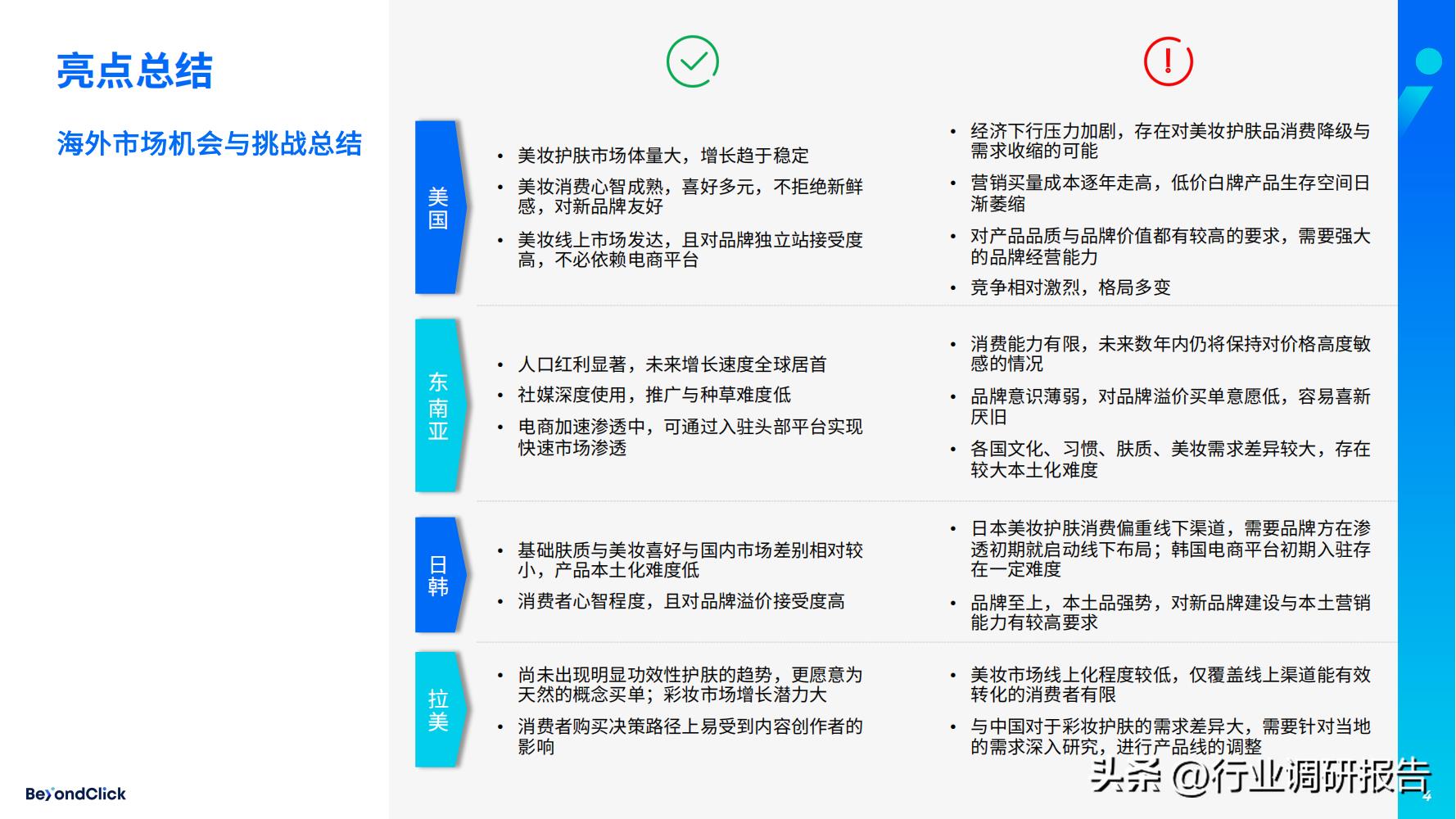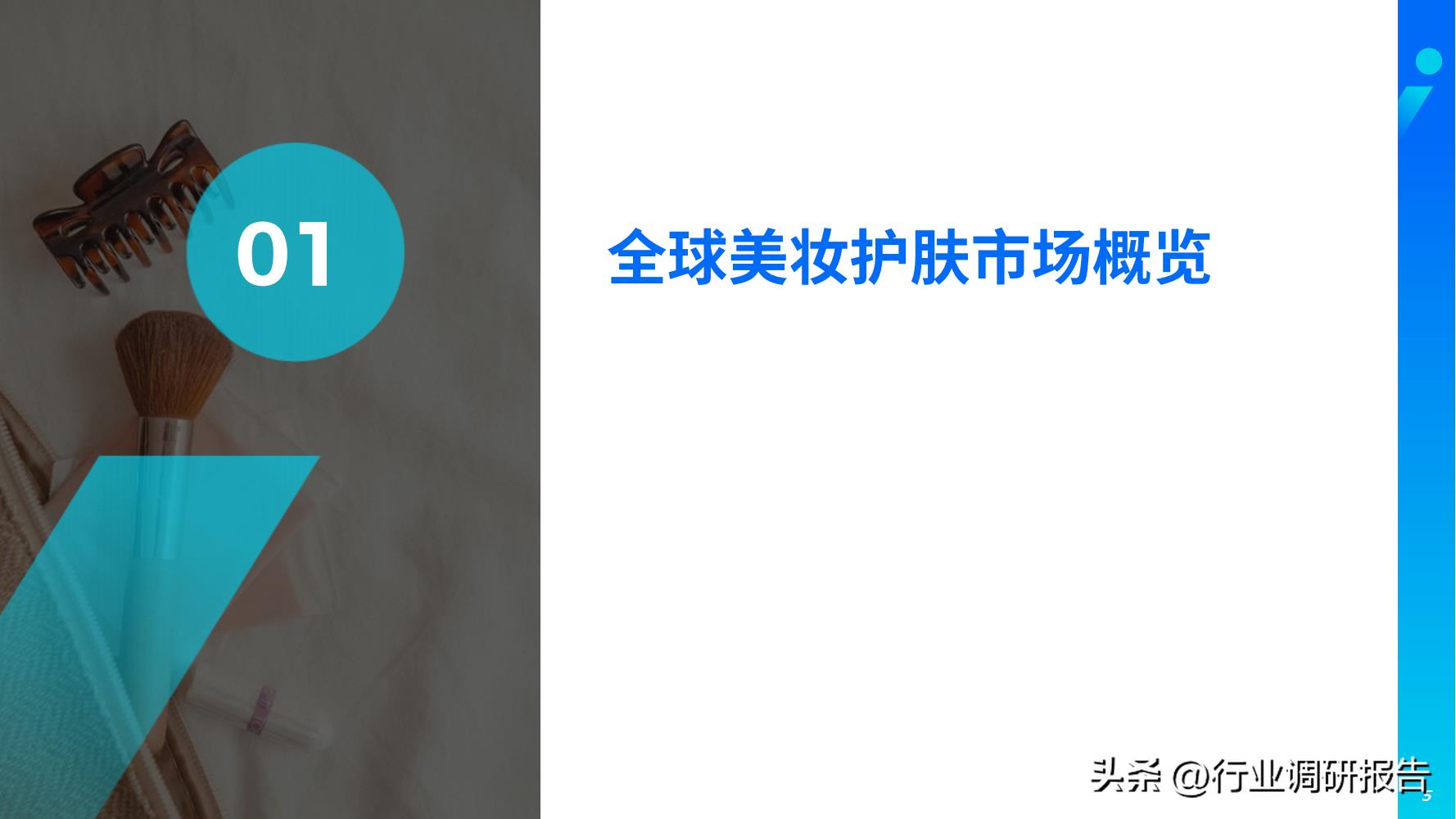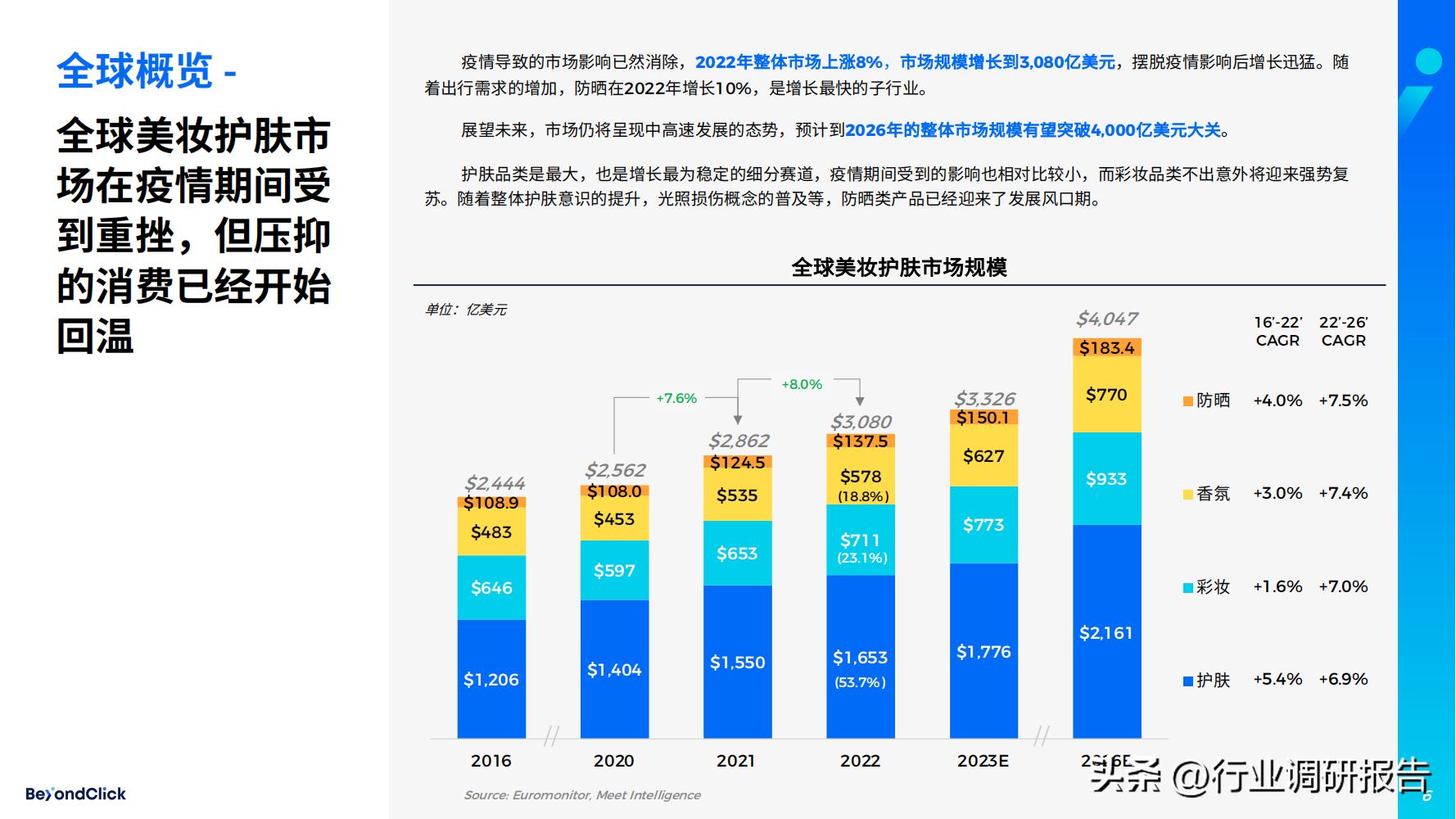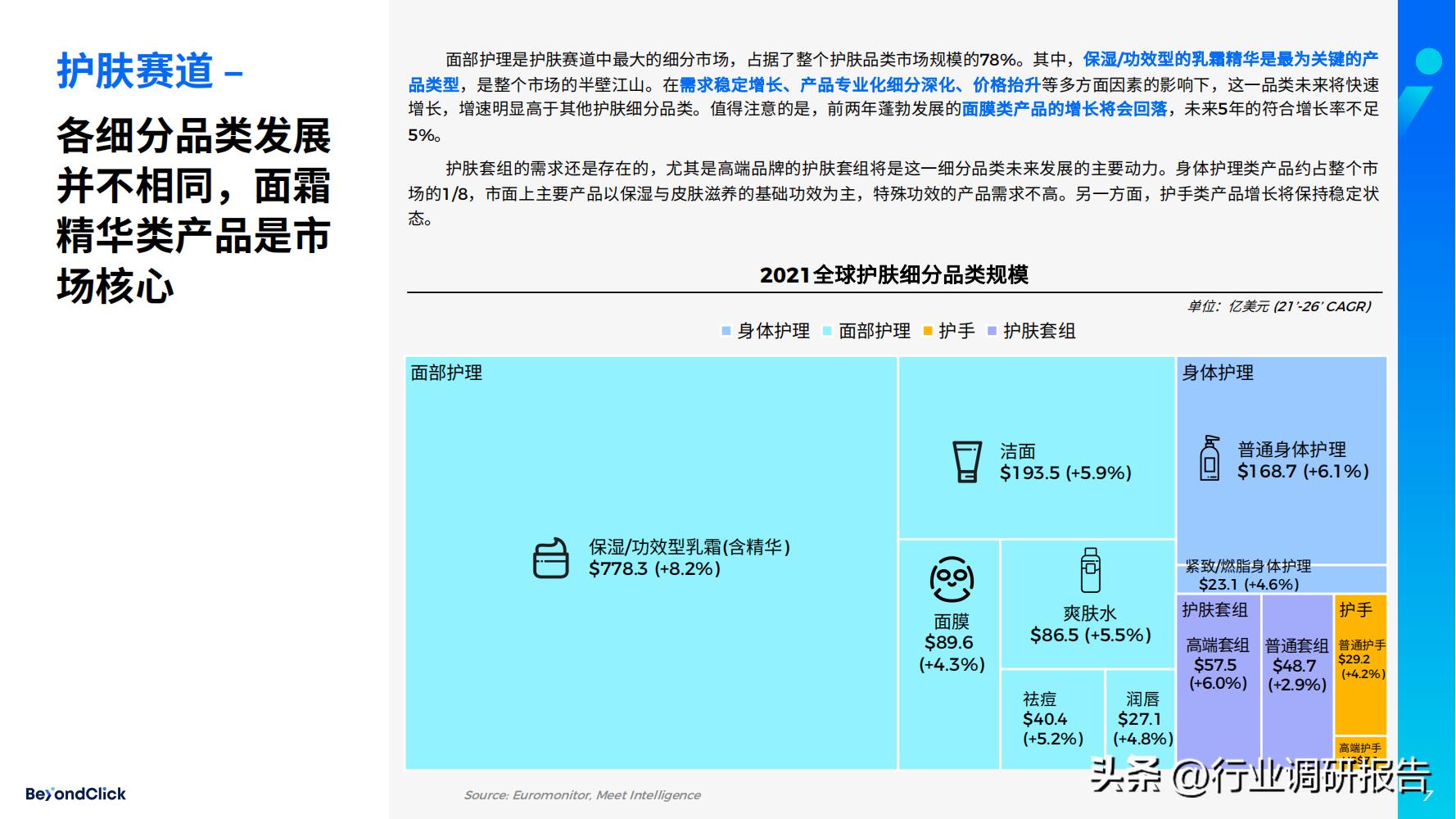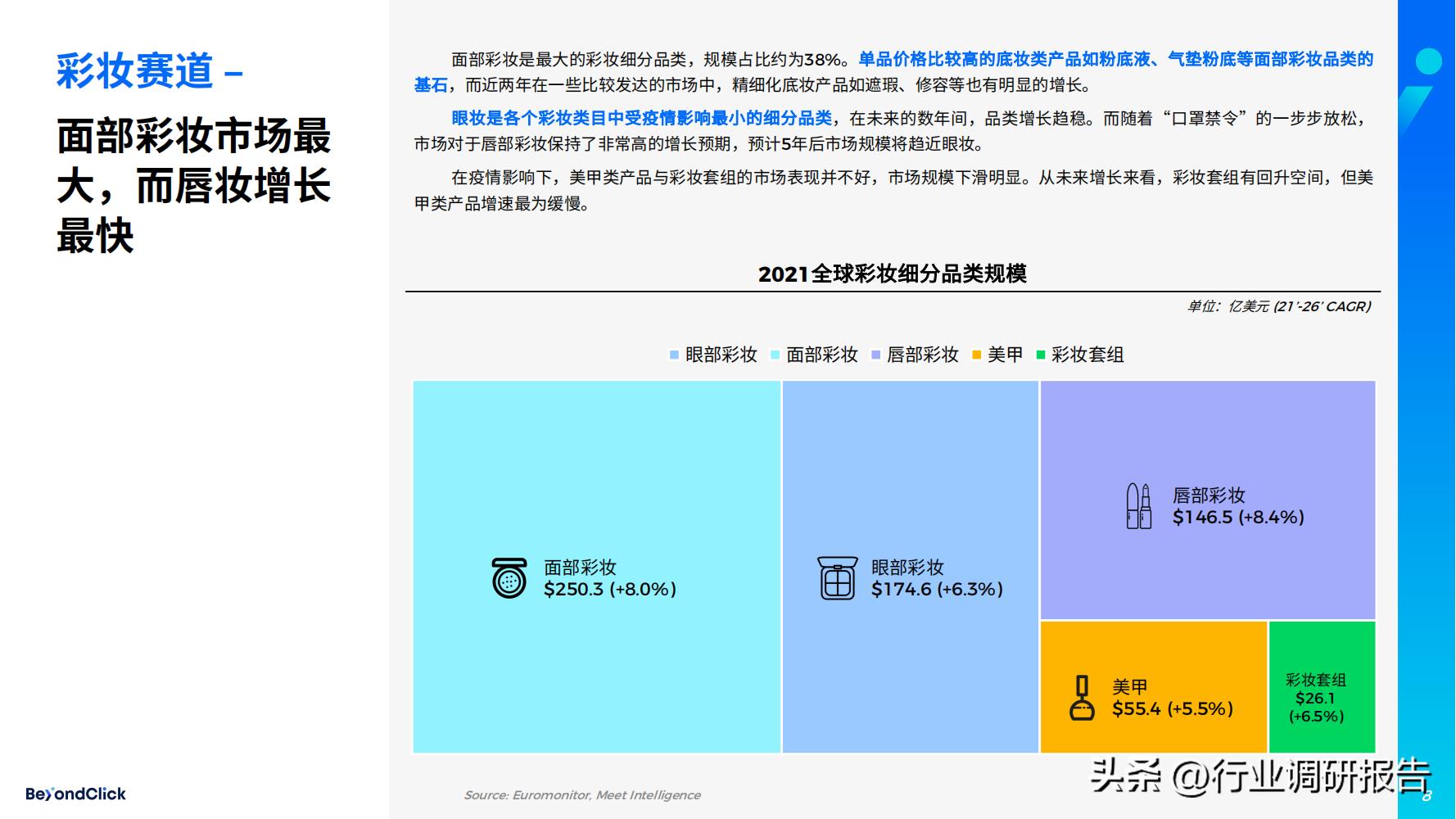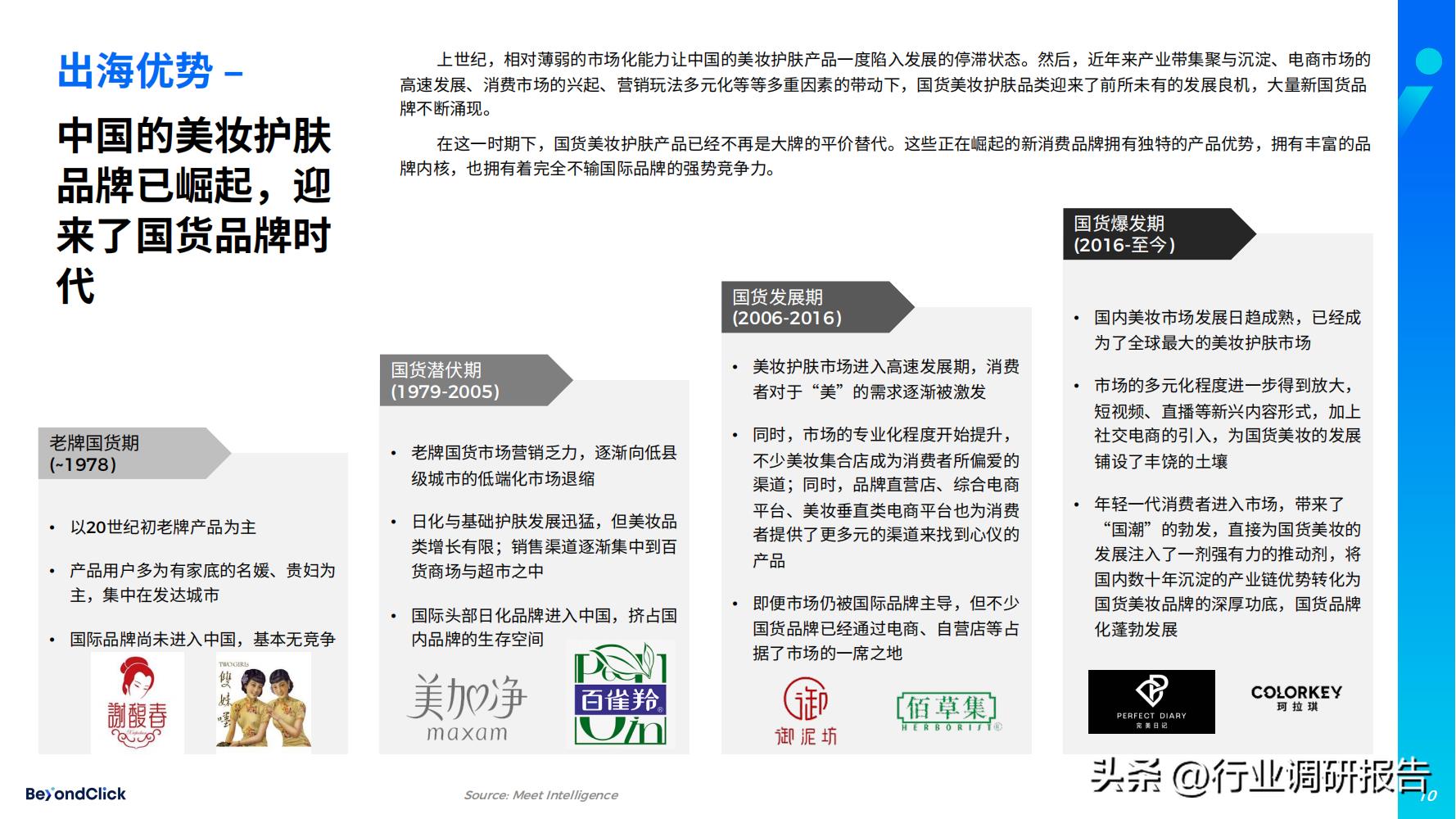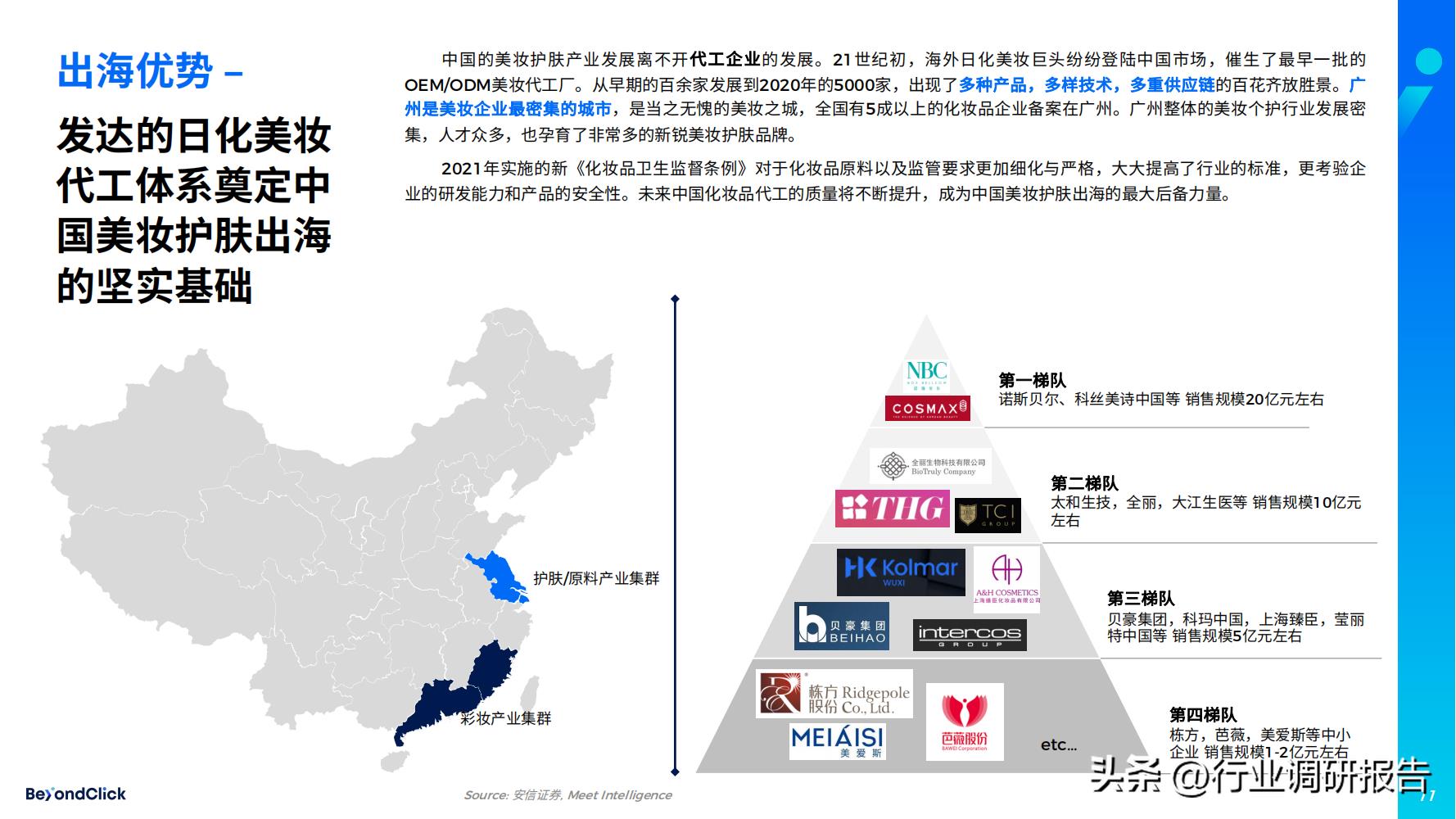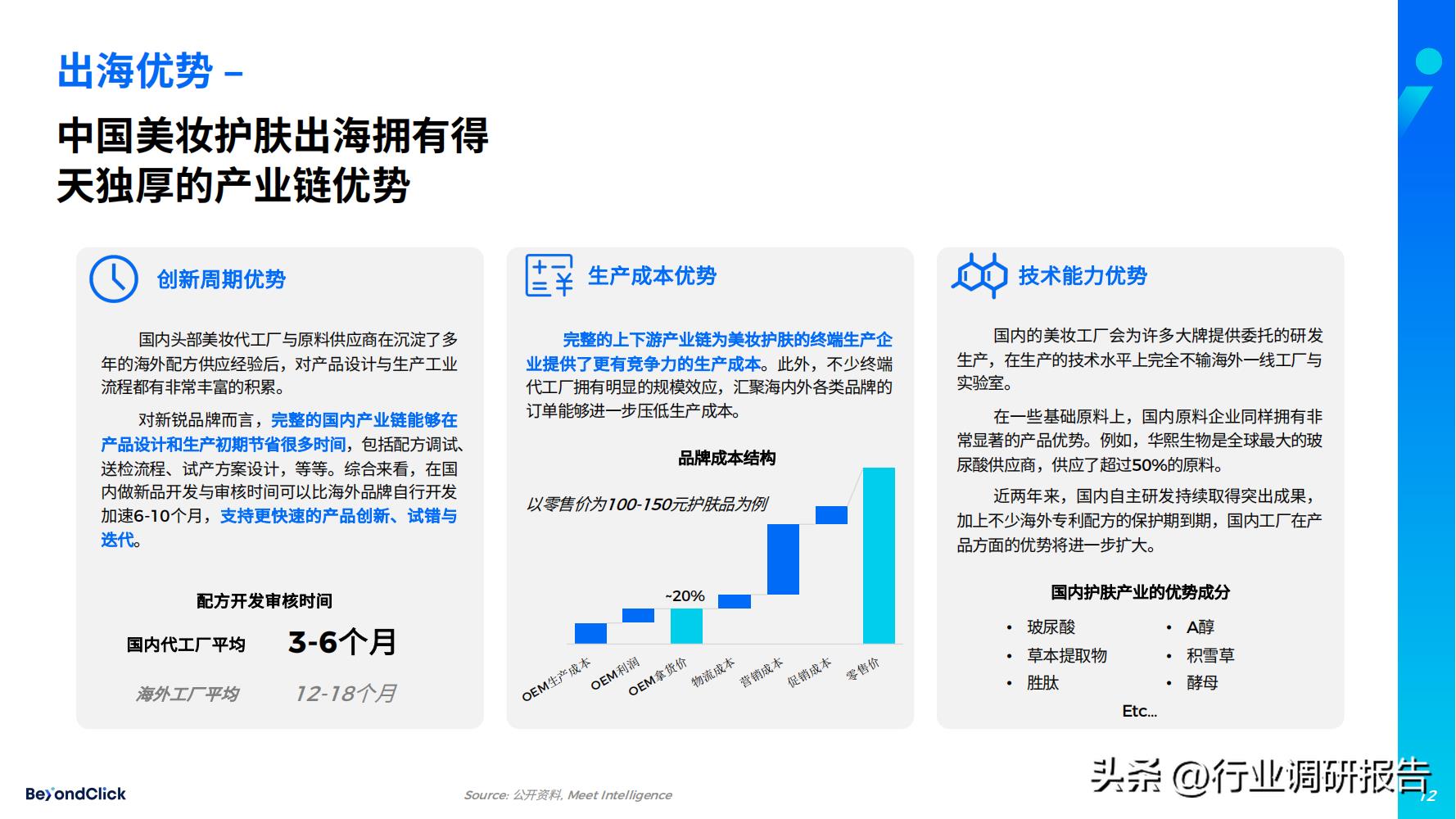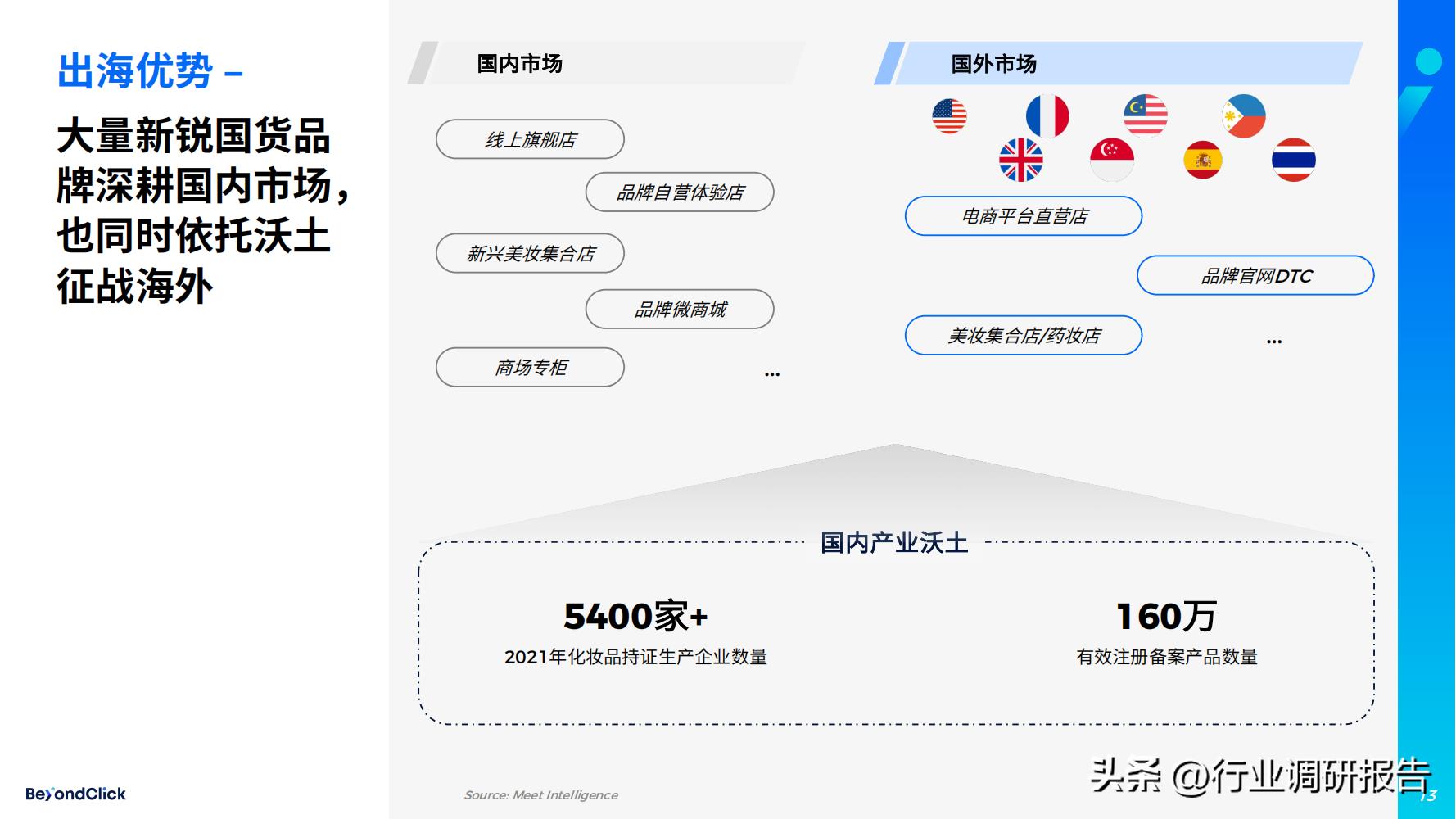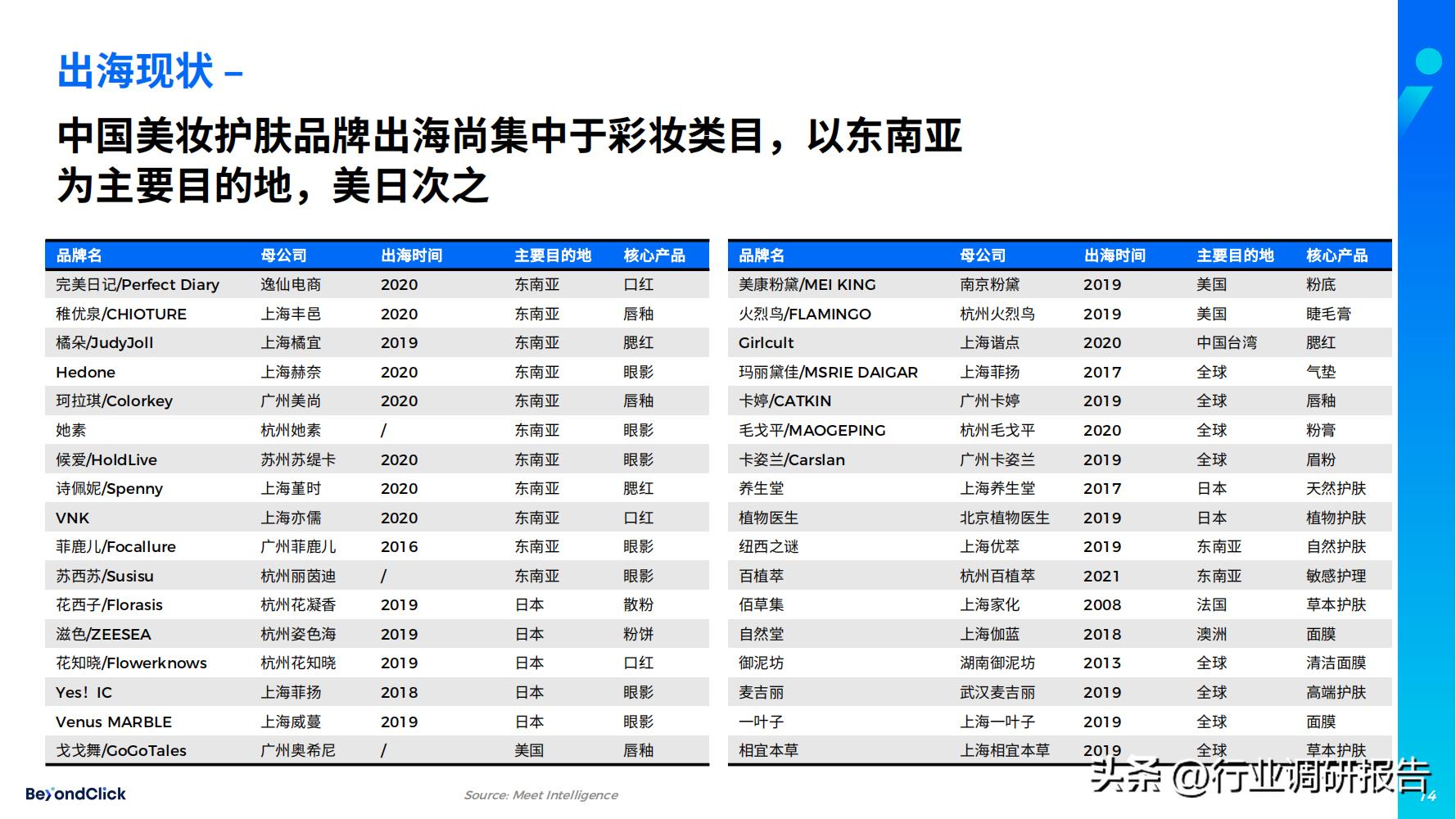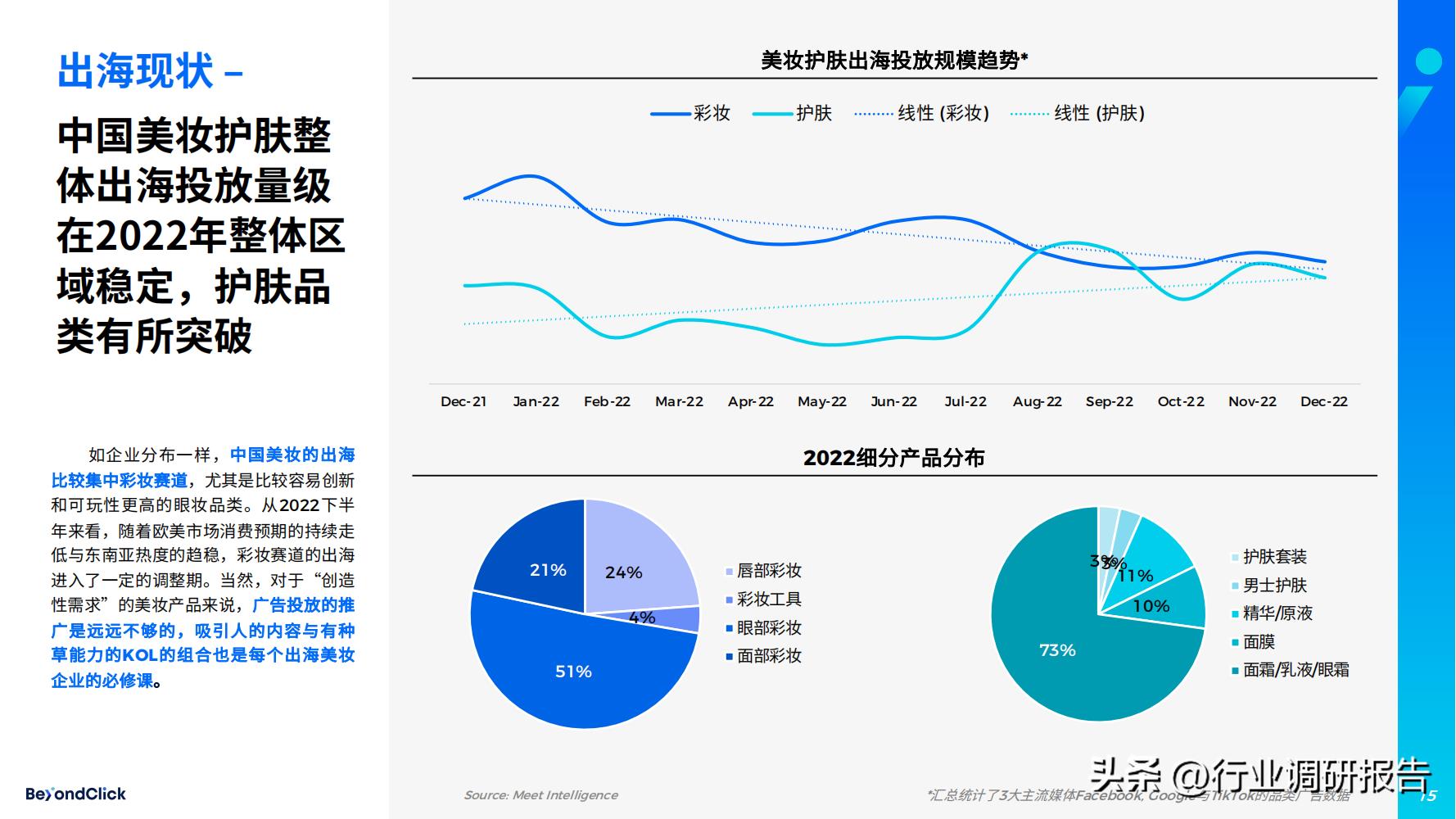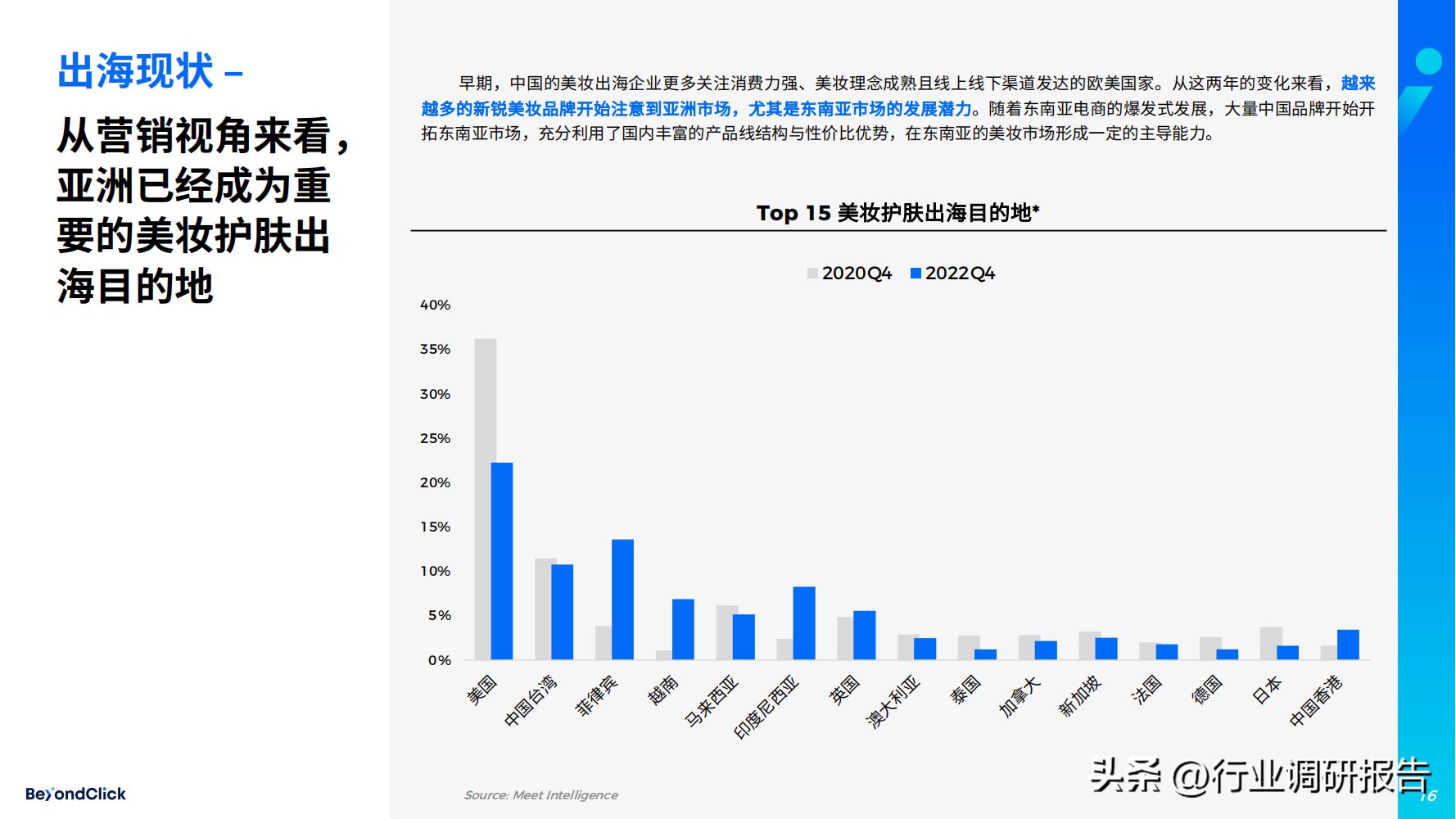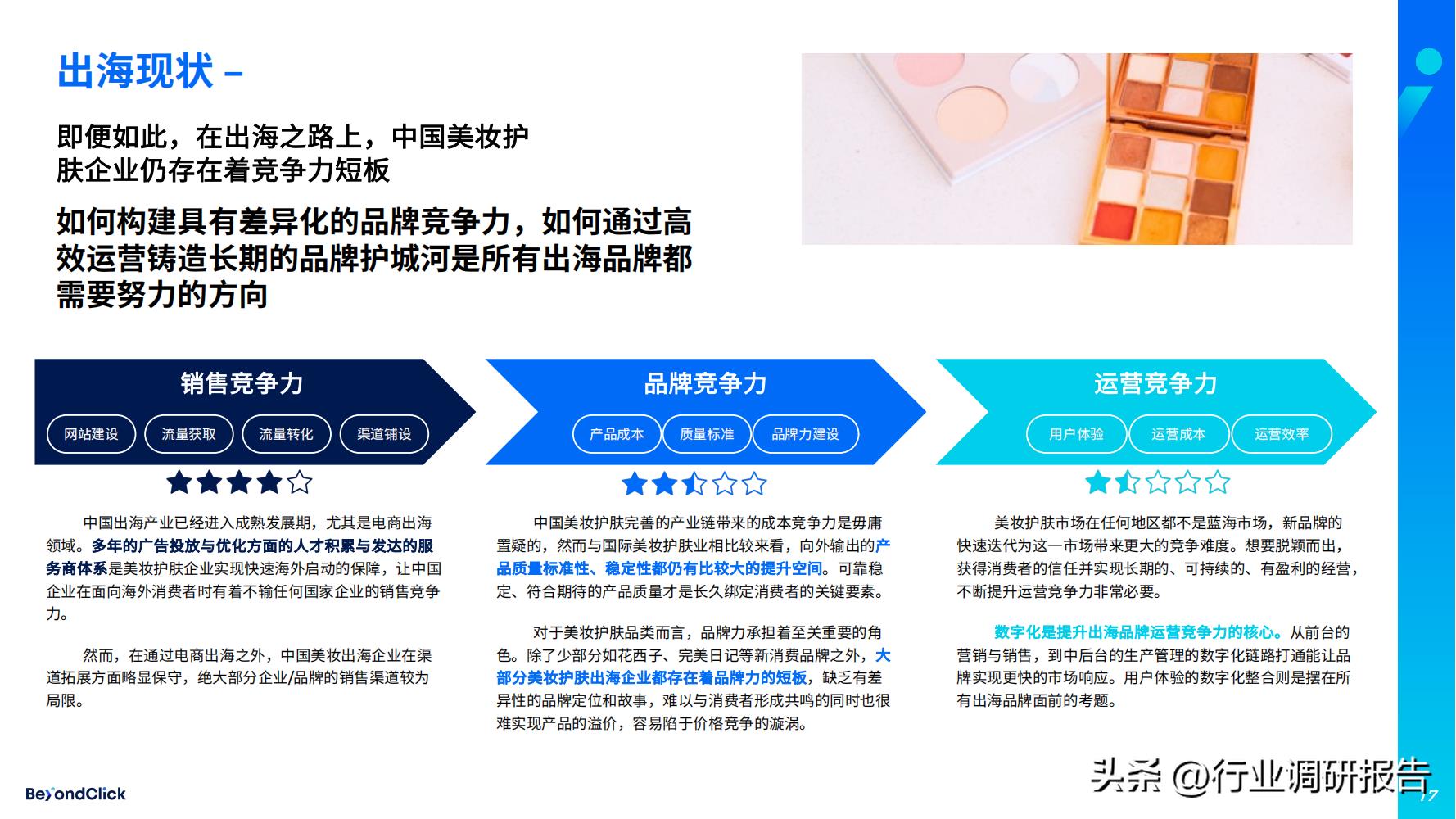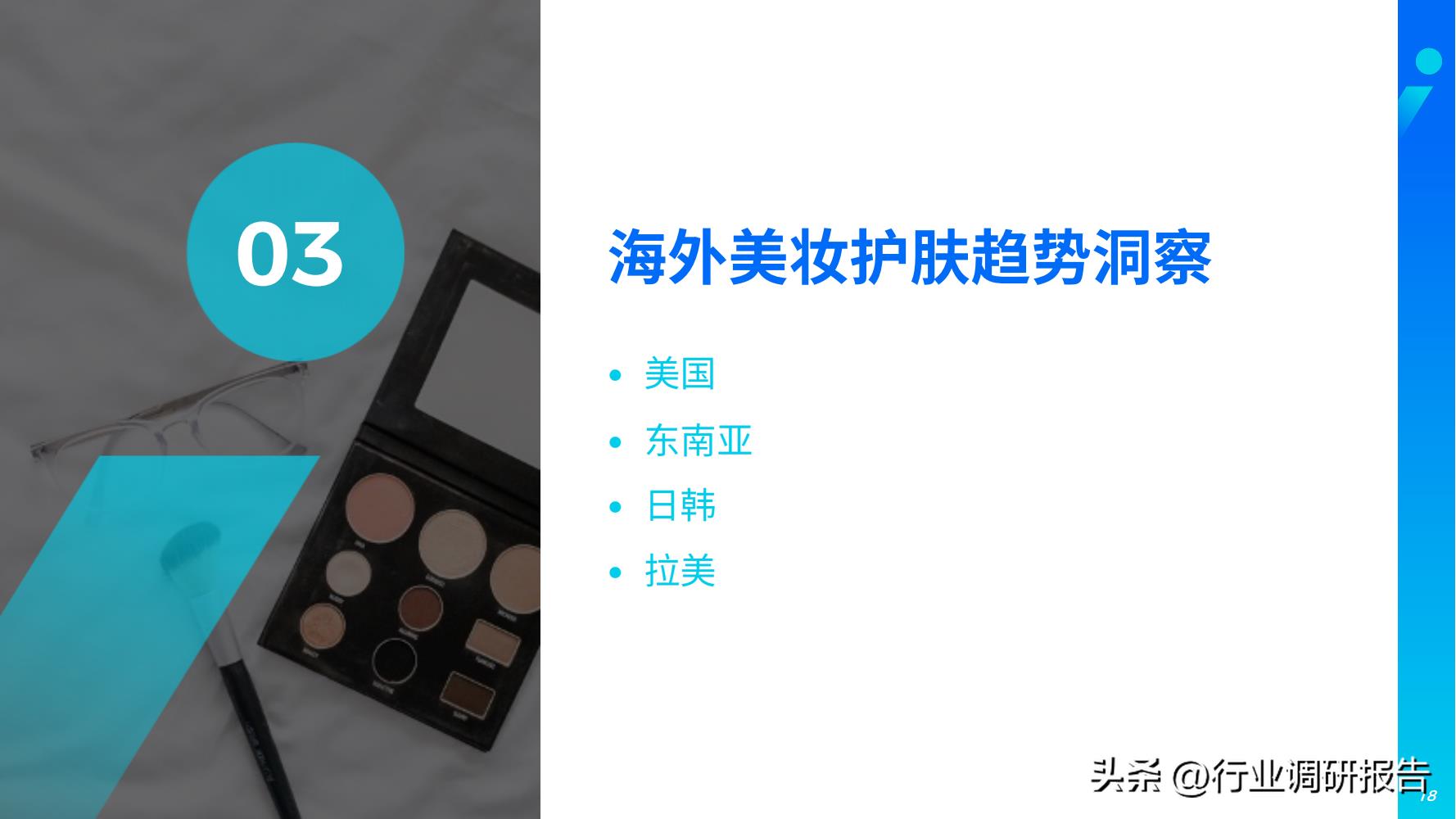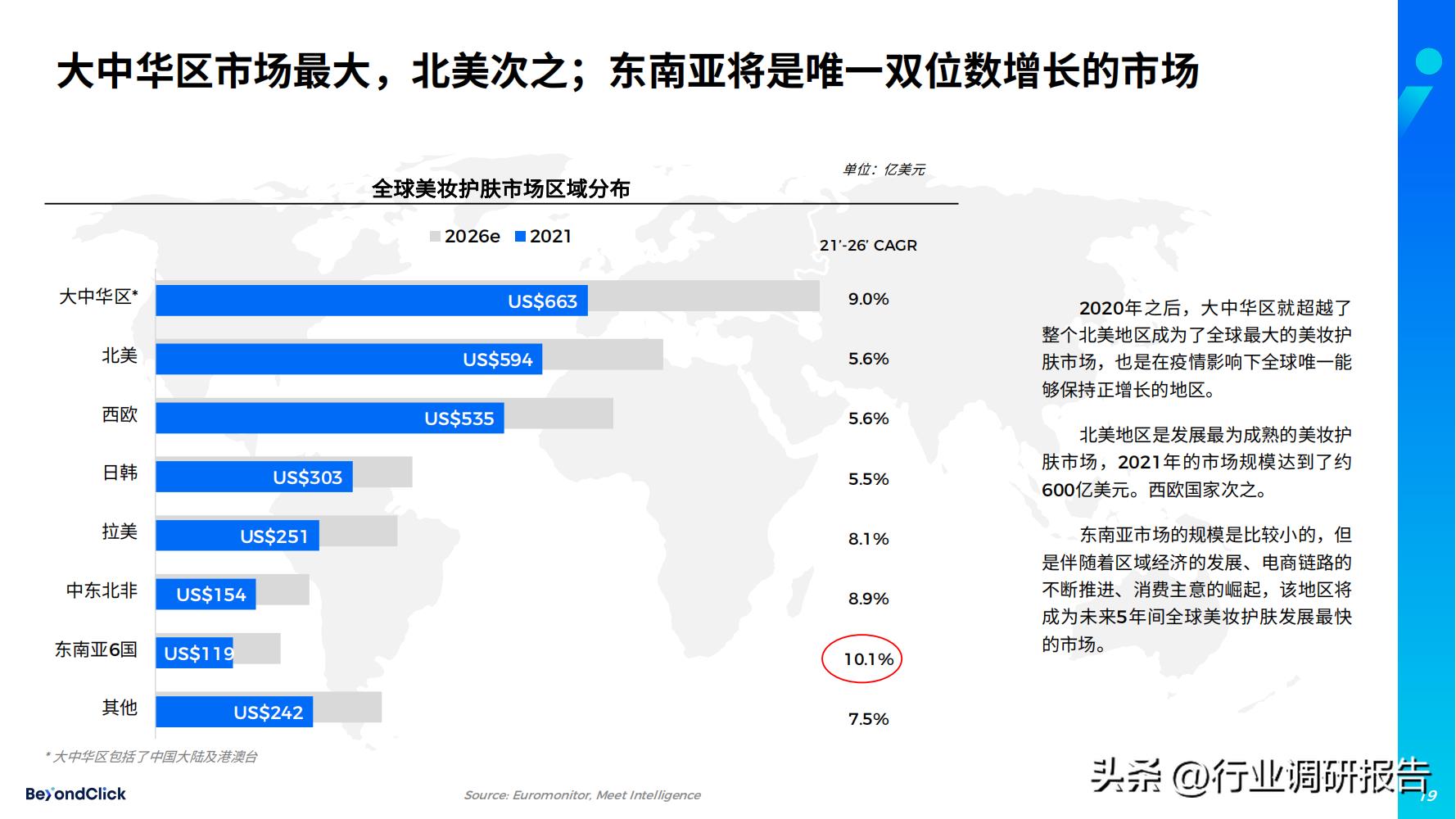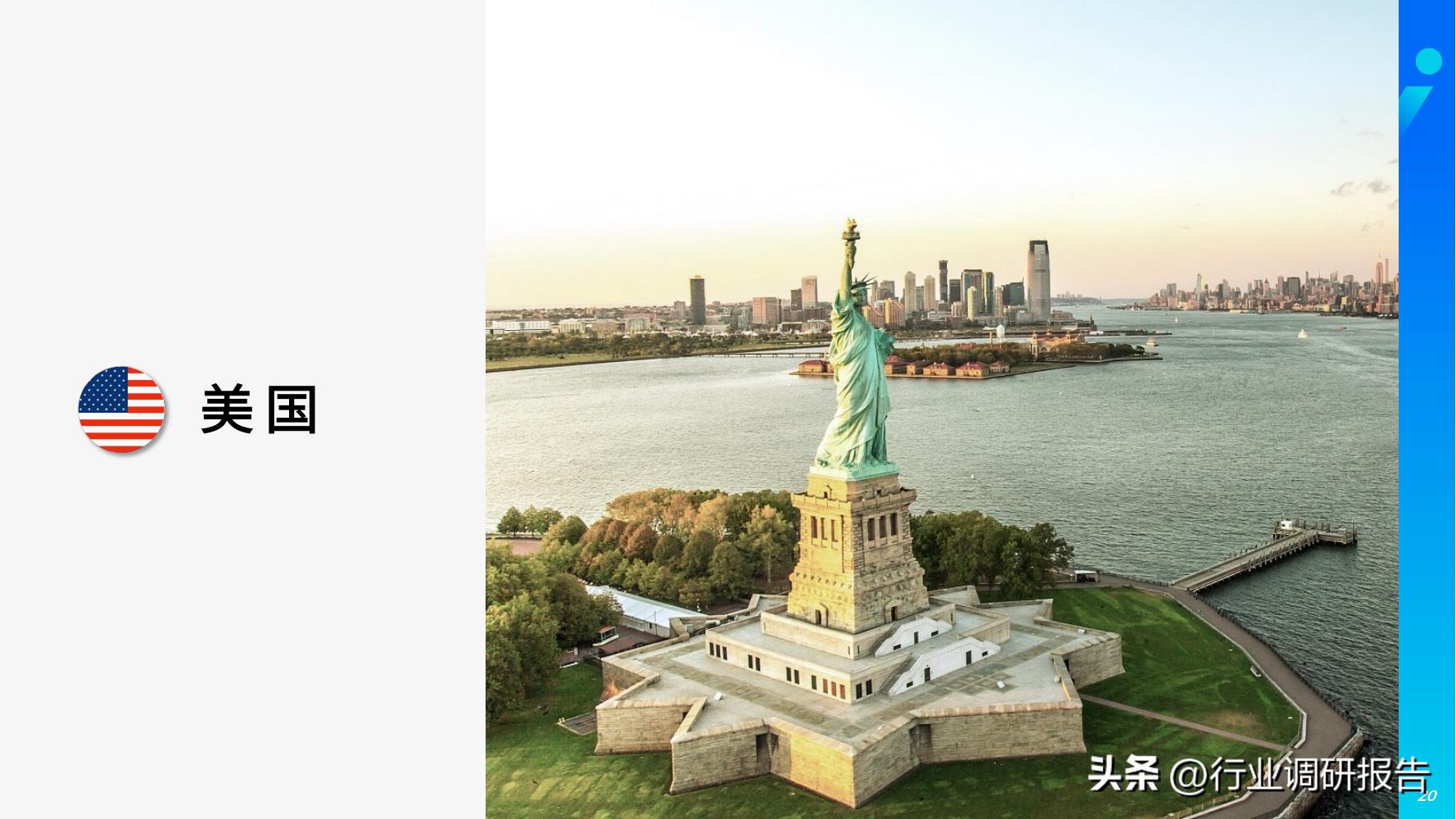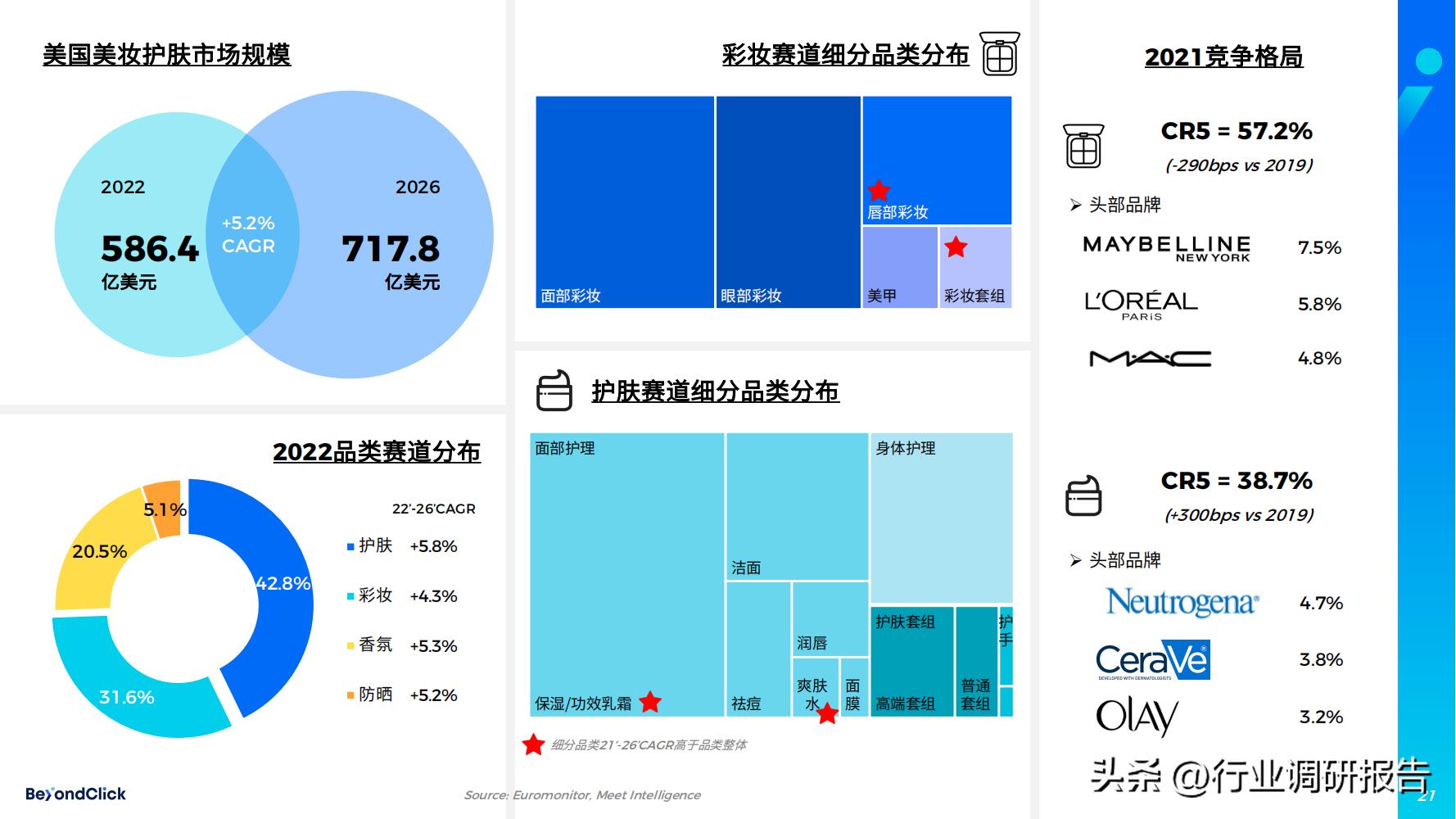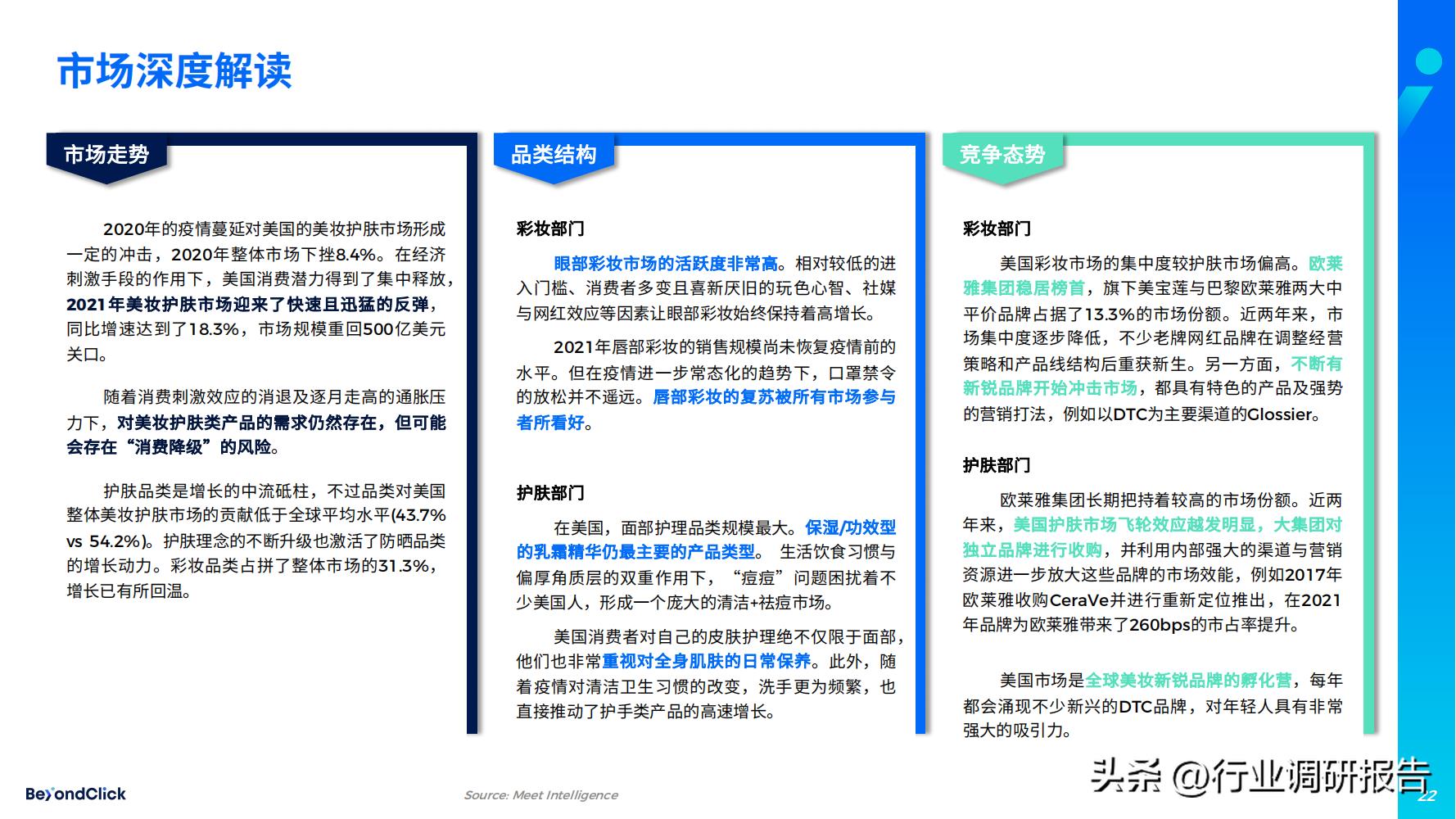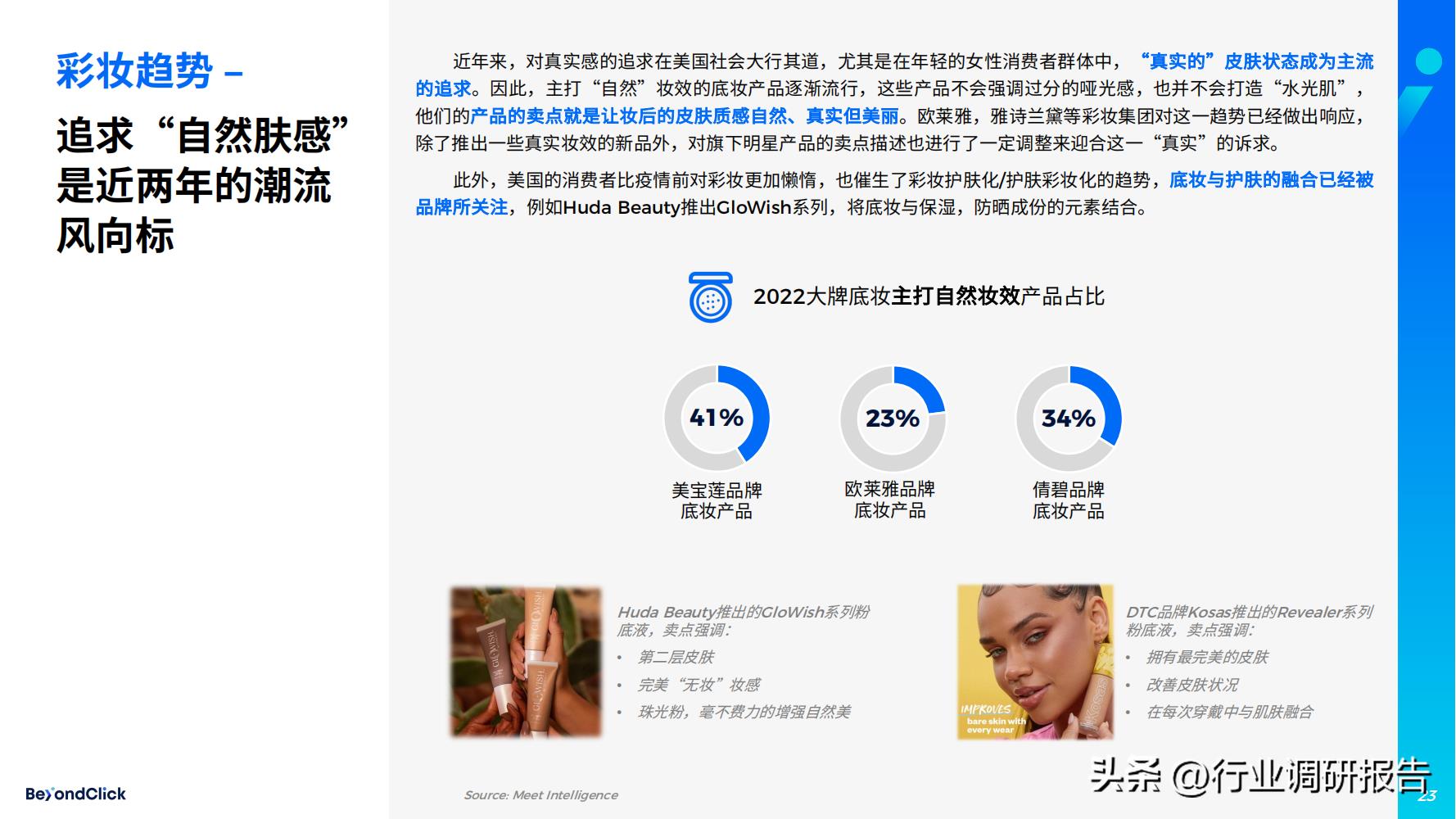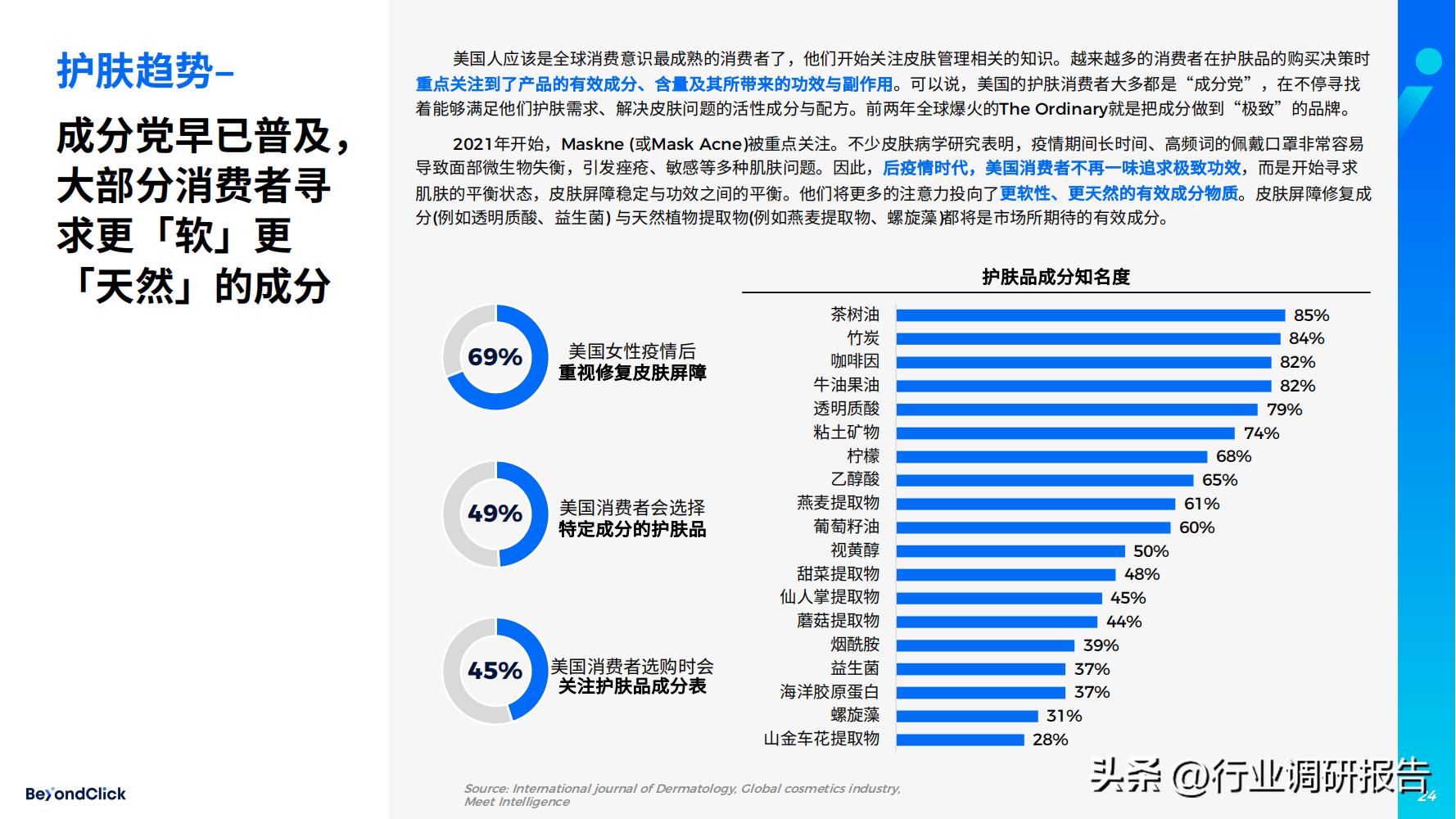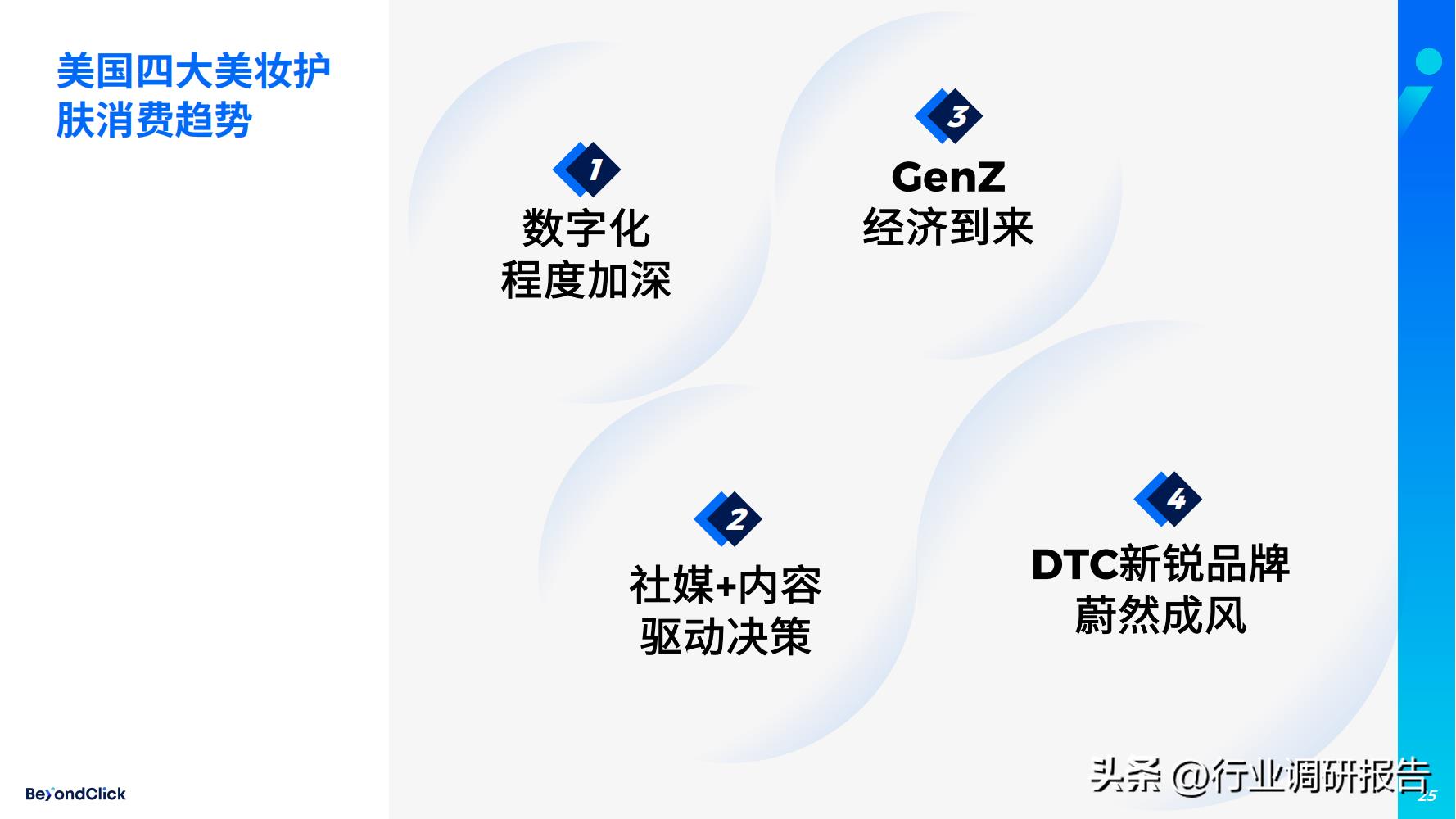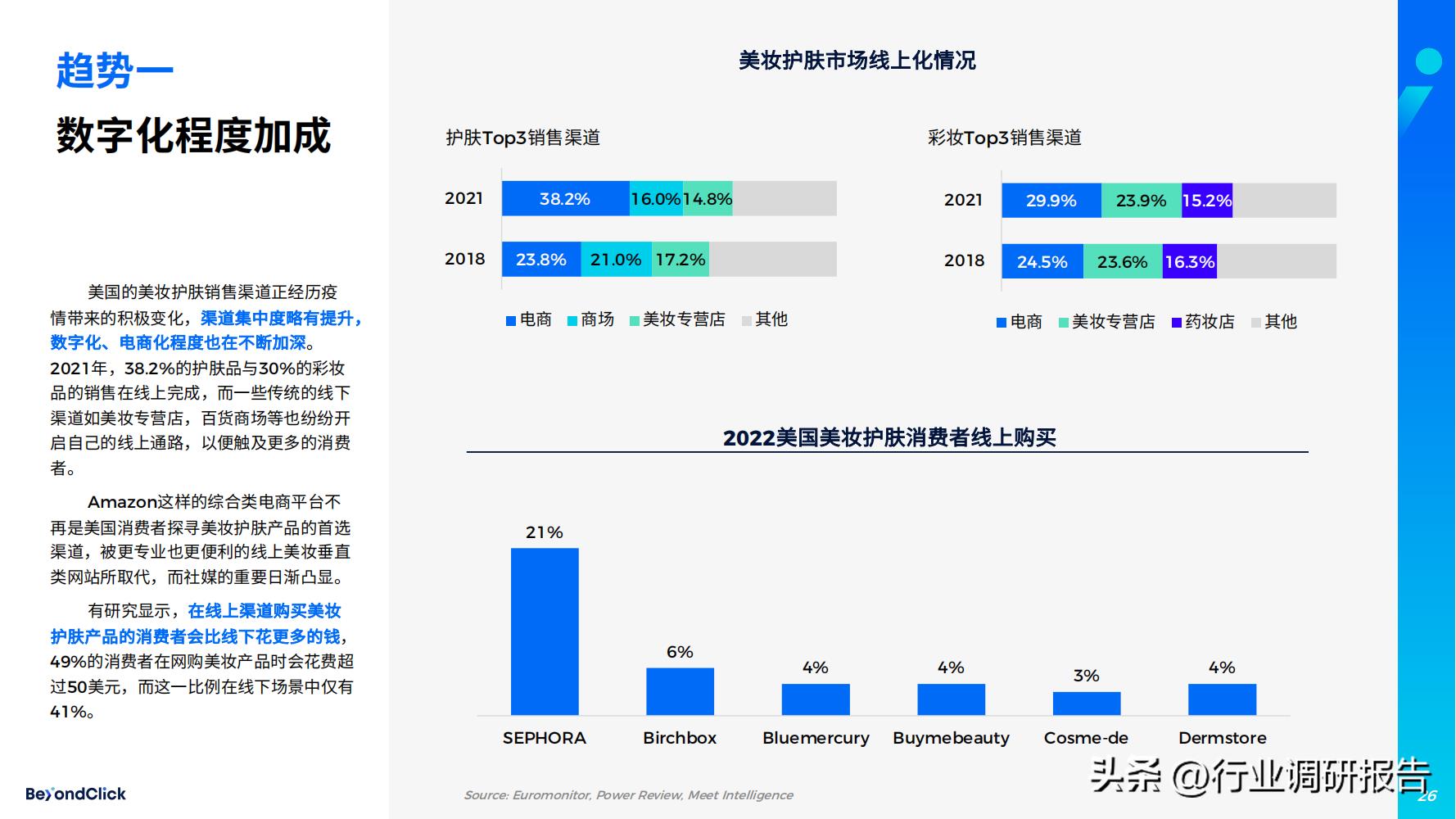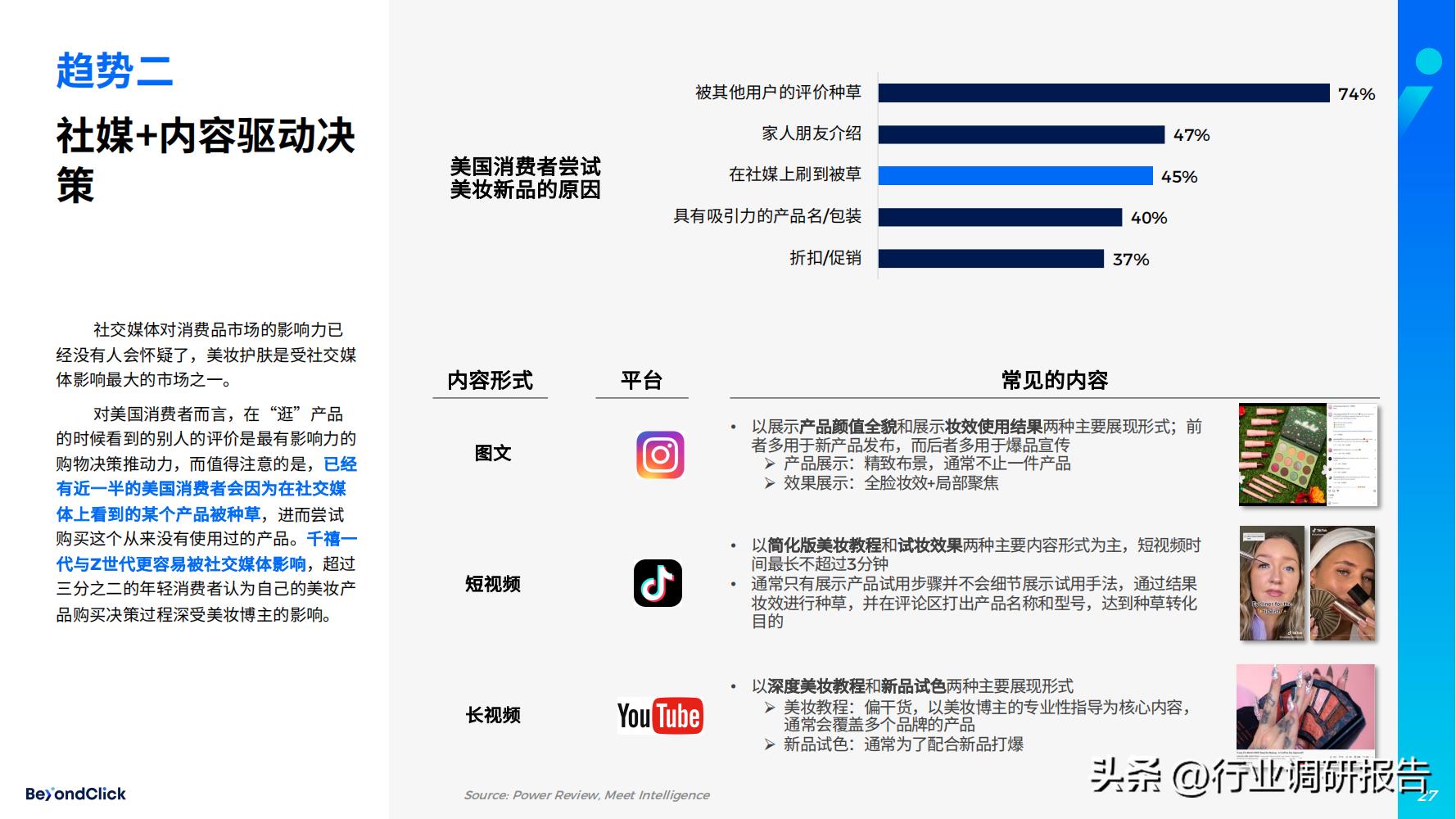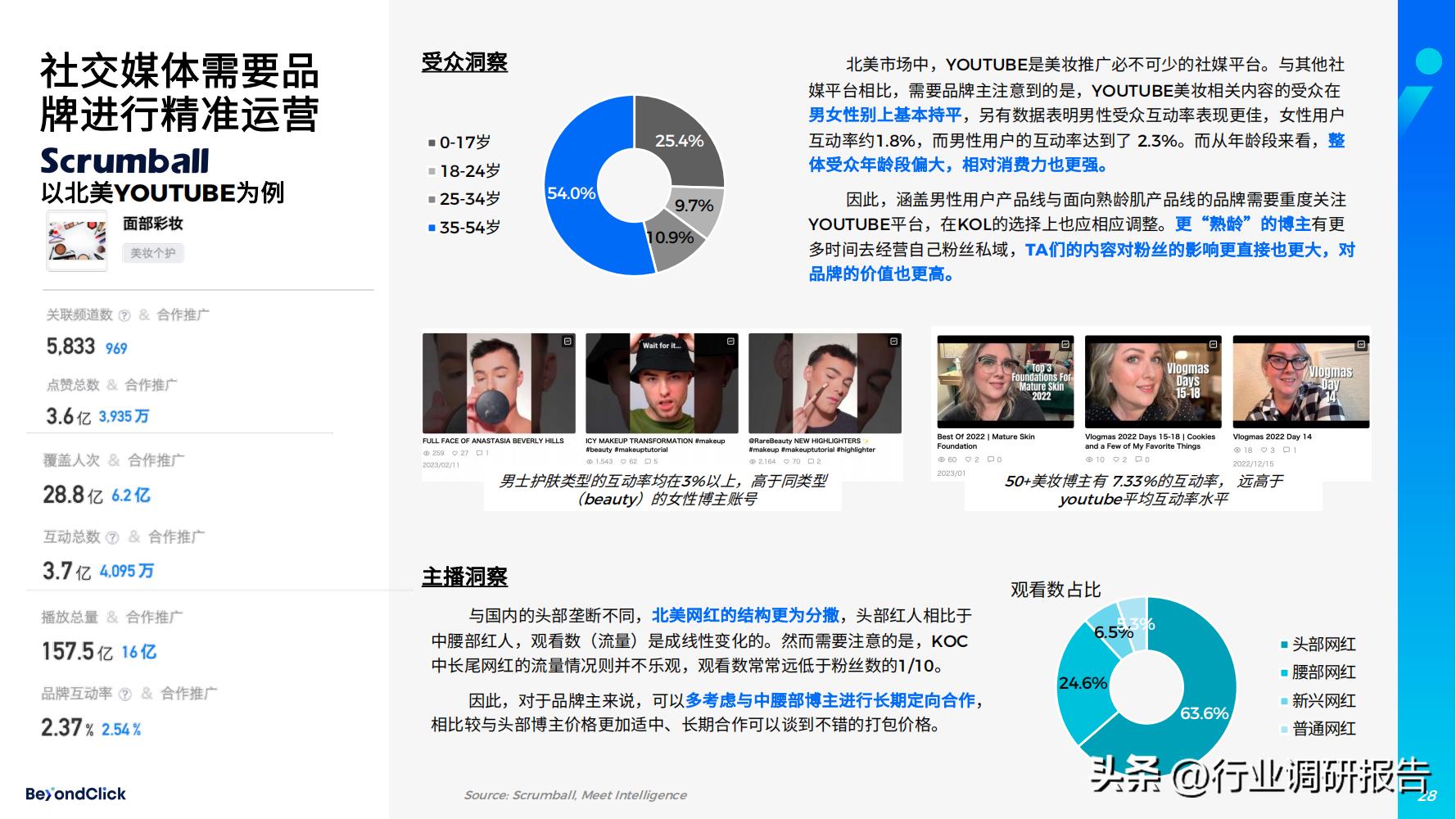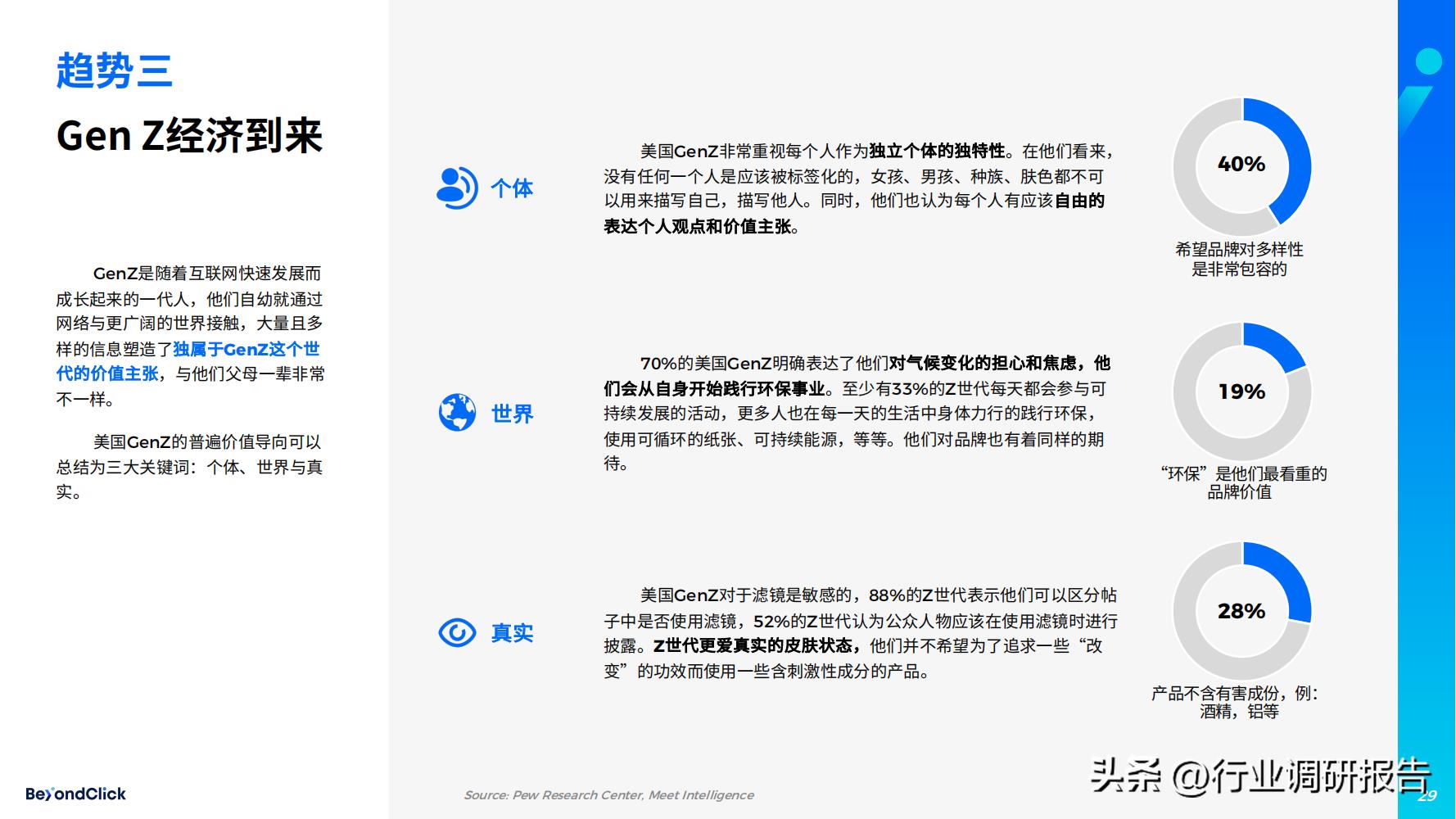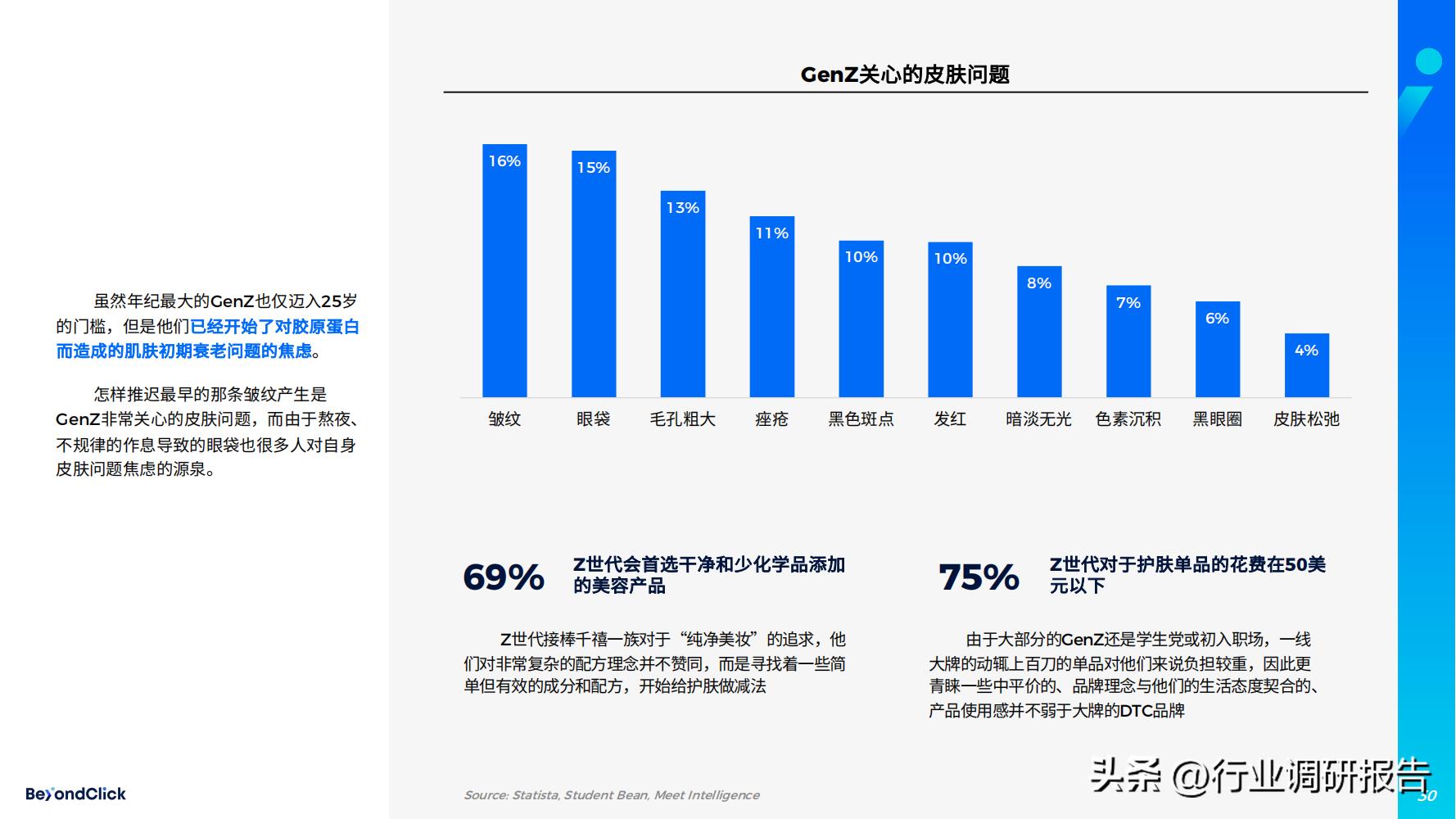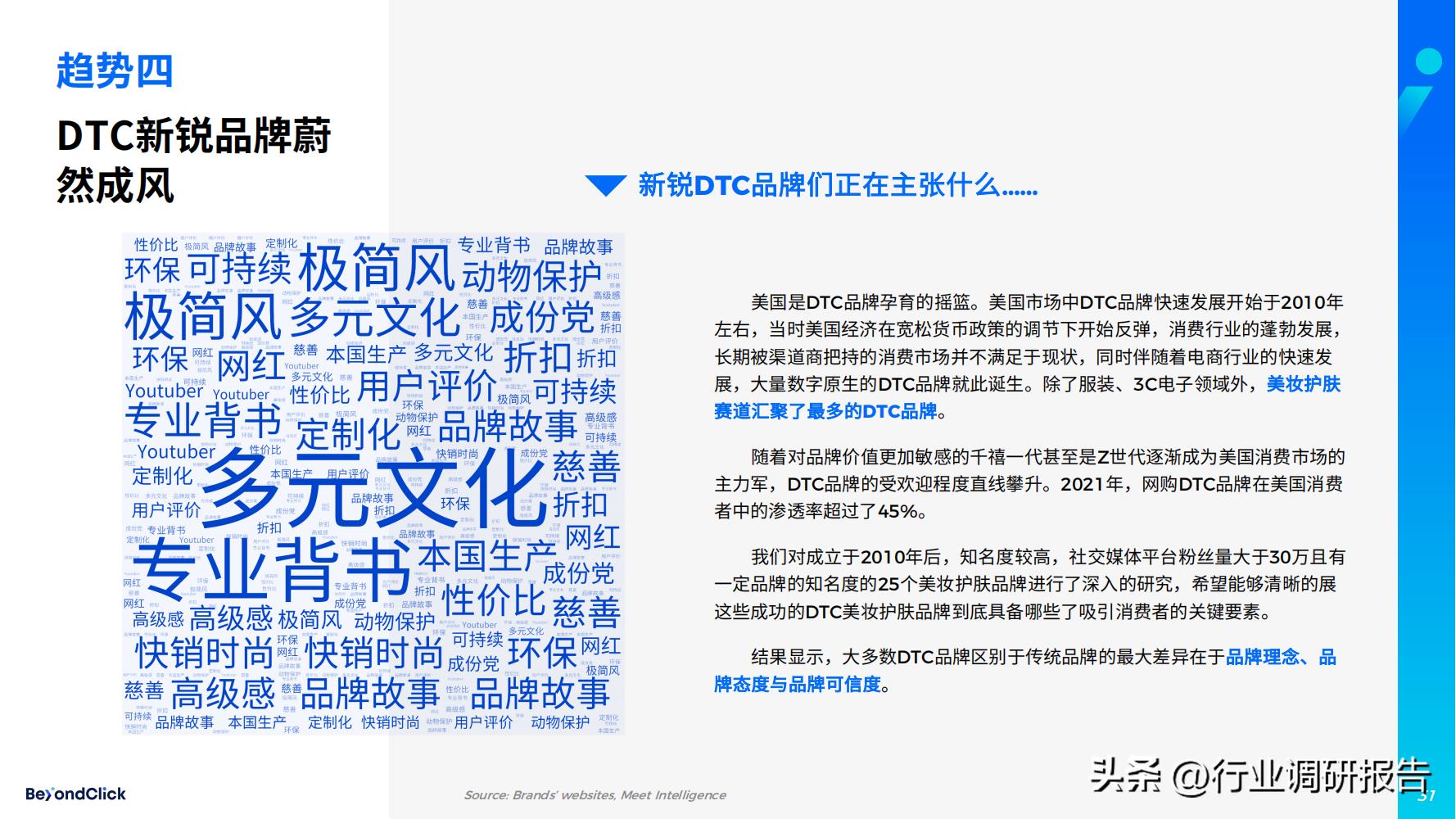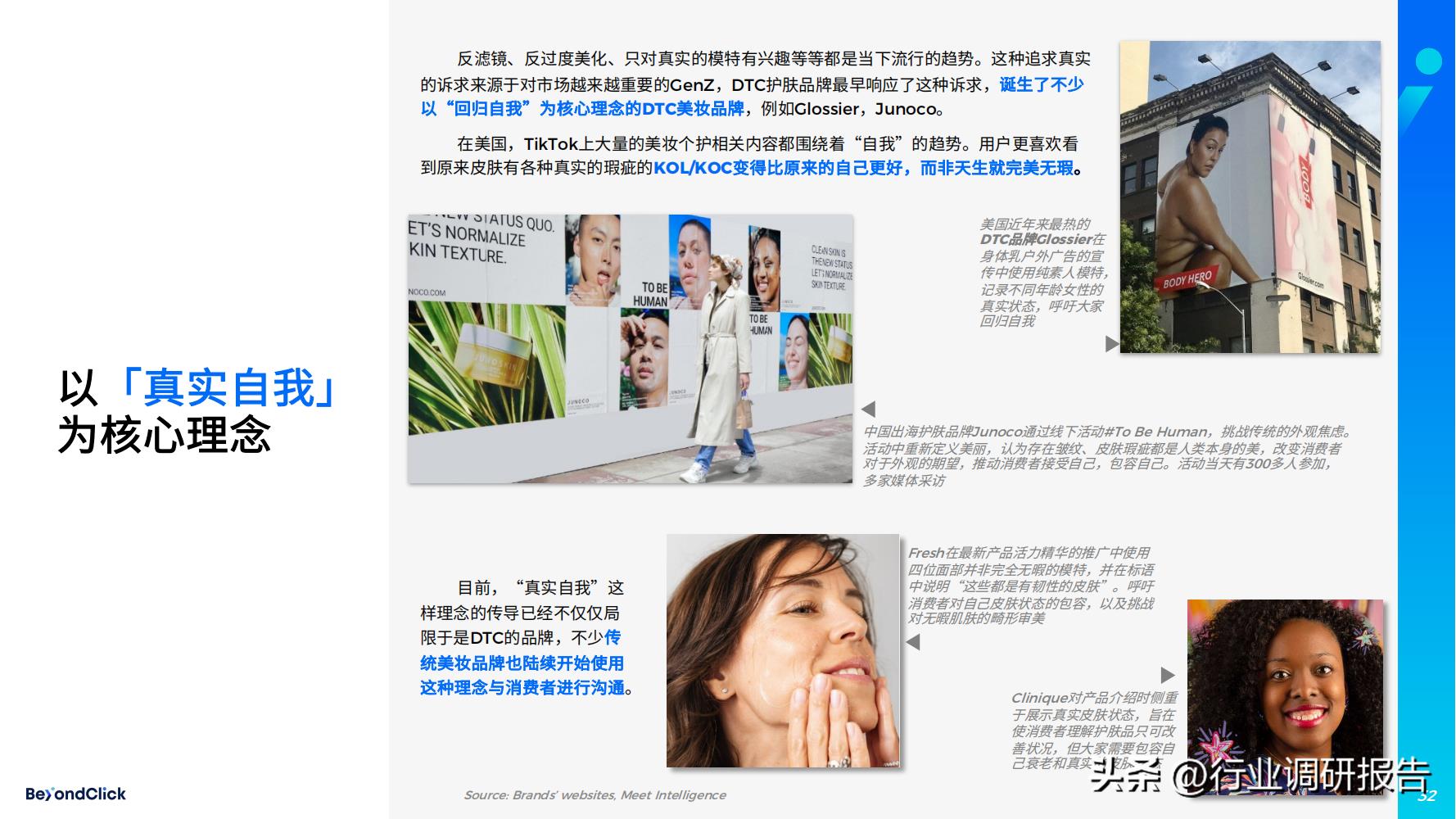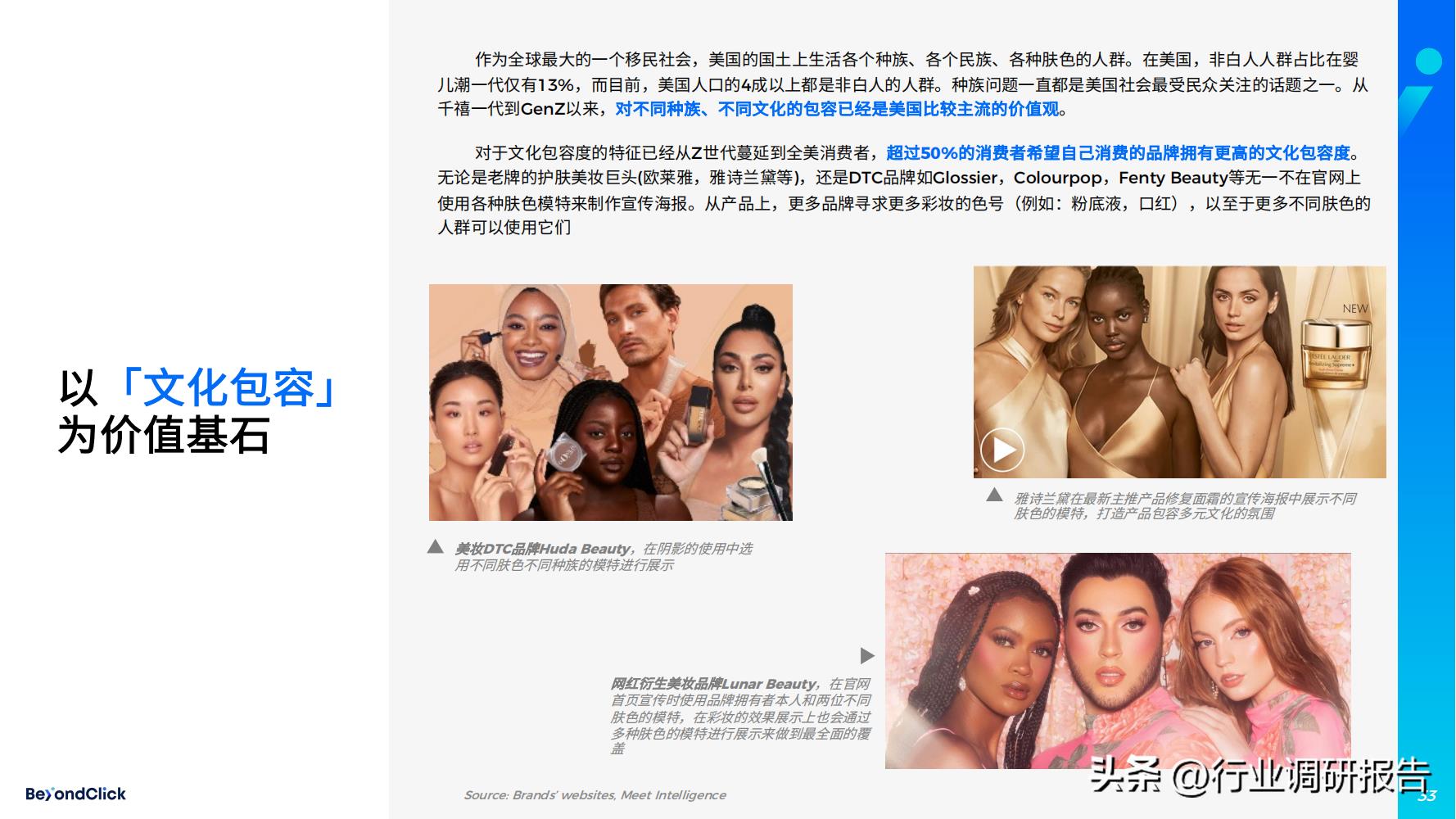A comprehensive distinction between "culture" and "civilization"
Authors: Wang Ruliang, Hou Chuanwen (School of History, Nanjing University, College of Literature, Qingdao University)
Culture and civilization are two important categories in the field of humanities and social sciences, and they are also a pair of terms with similarities and differences and complicated relations. There have always been different views on the connotation and extension of the two and the relationship between them, or different perspectives, or positions first, and no relatively consistent and clear understanding has been formed. The author tries to distinguish it from a comprehensive perspective.
Definition: broad sense and narrow sense
From the perspective of etymology, the original meaning of "culture" is cultivation and farming. Compared with nature, everything created by human processing belongs to culture. Therefore, one of the most extensive definitions of culture is "culture is humanization", which means all human activities and their achievements. Taylor, a British cultural anthropologist, put forward in his book Primitive Culture that "culture or civilization, in its broad ethnological sense, is a complex whole including knowledge, faith, art, morality, law, customs and the abilities and habits acquired by anyone as a member of society". He regards culture and civilization as synonyms and refers to them as the overall achievement of human activities.
Culture in a broad sense can be divided into material, system, custom, spirit and other levels: material culture refers to the results created by manual labor; Institutional culture, including macro-level laws and regulations, administrative system and micro-level rules and regulations; Custom culture refers to customs, traditions and practices that have been established and passed down from generation to generation; Spiritual culture refers to the achievements of human spiritual activities with literature, history, philosophy, ethics, religion and aesthetics as the main connotations. Culture in a narrow sense mainly refers to human spiritual activities and their achievements, which is the fourth level in the above broad understanding. Marxism holds that "a certain culture is the ideological reflection of politics and economy in a certain society", and regards culture as a certain ideological form, that is, it belongs to a narrow understanding.
The word "civilization" originated from the ancient Latin civis and civilis, its original meaning is urban residents, and it is extended to the citizenship of the Romans, which means that it is superior to the living conditions of foreigners at that time, especially barbarians, so "civilization" is relative to "savage" or "primitive". However, the evolution and use of "civilization" in later generations are far more complicated. Fukuzawa Yukichi, a modern Japanese enlightenment thinker, pointed out: "The meaning of civilization can be interpreted in a broad sense and a narrow sense. In a narrow sense, it is simply to increase the material needs of human beings by manpower or to increase the appearance decoration of food, clothing and shelter. If interpreted in a broad sense, it is not only to pursue the enjoyment of food, clothing and shelter, but also to inspire Xiu De and raise mankind to a noble realm. " That is to say, the narrow sense of civilization is limited to the development in the material field, while the broad sense of civilization includes the development in the material field and the progress in the spiritual field. In his understanding, man is a senior life pursuing meaning, and naturally he should not be satisfied with food and clothing for a while; Civilization is dynamic, and awakening, independence and civilization are the only way for a nation to achieve civilization. In the context of China, the word "civilization" is often understood in its broad sense. For example, the Encyclopedia of China (Philosophical Volume) interprets civilization as the sum of material and spiritual achievements of human beings in transforming the world, and the History of Chinese Civilization edited by Yuan Xingpei also decomposes civilization into three aspects in its general introduction: material civilization, political civilization and spiritual civilization.
Relationship: diachronic and synchronic
From the diachronic point of view, "civilization" is the product of the development of culture to a certain stage, and the two have their own priorities. In a broad sense, culture is humanization. Since people came into being, there has been conscious or unconscious cultural creation, but not since people came into being. In this sense, civilization is a concept that represents the evolution of human history, as opposed to the uncivilized and barbaric cultural state. This can also be derived from the western etymology of the two: the root of culture, whose original meaning is farming, originated from the early agricultural production mode of human beings, and the root of civilization, whose original meaning is urban and civil, originated from the urban life that appeared in the later period of human beings.
The discussion on the symbol of civilization mainly focuses on the following aspects: politically, there are large urban settlements, magnificent public buildings, obvious class division of residents and the formation of a country; Economically, there is a developed social division of labor and commodity exchange, a relatively fixed tax system or a regular tribute system; Ideologically, there are relatively unified religious beliefs of the whole nation, including objects of worship and sacrificial ceremonies; In culture and education, there are the use of words and the development of science and technology, and there are some forms of schools. Only a society with the above symbols and characteristics in culture can be considered as a civilized society. In other words, the formation of a civilized society needs the accumulation and breakthrough of culture and special conditions and opportunities; Civilization is the result of human beings’ transformation of nature, society and themselves to a certain extent, and it is an advanced stage of cultural development.
From a synchronic point of view, there are two main types of understanding of the relationship between them at present. In the first category, the two are regarded as synonyms, which are interlinked and cross-cutting, and can be broadly understood as human activities and their achievements, either undifferentiated or biased. The former is like Taylor’s understanding in Primitive Culture, and the latter is like Qian Mu’s point of view, "Generally civilized culture refers to the life of human groups. Civilization is on the outside, which belongs to the material aspect. Cultural bias is a spiritual aspect. " The second category regards civilization as an aggregate that embodies cultural identity and classifies cultures. Huntington, an American scholar, thinks in The Clash of Civilizations and the Reconstruction of World Order that "a civilization is the most extensive cultural entity … civilization is the highest cultural classification of people and the widest range of people’s cultural identity". This view is more representative in international academic circles, such as The Decline of the West by Bingler, Historical Research by Toynbee, and The Rise of the West-The History of Human Community by McNeill. Huntington took religion as the main symbol to define different civilizations, and divided the world after the Cold War into eight civilizations: Christian civilization, Confucian civilization, Islamic civilization, Japanese civilization, Indian civilization, Orthodox civilization, Latin American civilization and African civilization. This is similar to the four major cultural circles in the world: European and American cultural circles with Christian culture as the main body, East Asian cultural circles with Confucianism, Buddhism and Taoism as the main body, South Asian cultural circles with Hinduism and Buddhism as the main body, and West Asian and North African cultural circles with Islamic culture as the main body. Comparatively speaking, "cultural circle" has been replaced by "civilization" in appellation.The number has expanded from four to many, and the same thing is that religion is the dividing standard.
Application: subjective and objective
Culture and civilization are objective academic terms, which do not reflect specific value judgments. However, in the process of practical application, it is often artificially subjective, and the more representative ones are "culture-centered theory" and "civilization superiority theory".
Cultural-centered theory takes "self" culture as the center, and holds that self-culture’s beliefs, values, lifestyles and behavioral norms are superior to "other" culture. It may be generated and used between different cultural groups, different cultural categories and different cultural regions within the same civilization, and it may also be generated and used between different civilizations. The former is like Huaxia centralism in ancient China, and the latter is like Western centralism in modern times. The theoretical point of the latter is that after the Enlightenment, bourgeois revolution and industrial revolution, western culture is more advanced and developed than the East in politics, economy, science and technology, representing historical progress and inevitability.
In view of all kinds of cultural centralism, in the second half of the 20th century, the debate between cultural universalism and cultural relativism arose all over the world. Cultural universalism holds that the truth and value of human beings are universal and absolute, and human cultures have similar goals, unified values and common laws of development, which will surely be unified under the leadership of advanced and advanced cultures. Cultural relativism is the result of reflection on deconstructing cultural universalism and facing multicultural phenomena. It emphasizes that each culture has heterogeneity and independence that other cultures cannot share. Therefore, culture is relative and cannot be compared according to a unified model. The author believes that culture has both universality and relativity. Universality is the commonality of human culture, and relativity is the individuality of various cultures. Only by recognizing the commonness of culture and respecting the individuality of culture can we break away from the stereotype of cultural centralism.
The theory of superiority of civilization is a subjective argument that advocates that one’s own civilization is superior to other civilizations in history or reality. In history, the most representative is the "white superiority theory" based on racial differences. Morgan pointed out in "Ancient Society": "Aryans and Sumerians were the first to break away from the civilized state among all branches of human beings … These two groups were essentially the founders of civilization." Because Aryans and semu are both white, some westerners draw the conclusion that white people created civilization earlier, and then form the theory of white superiority. In fact, the four ancient civilizations in the East were all multi-racial, and the yellow race, black race and white race all participated in the creation of civilizations. In reality, the most representative is the theory of stagnation of eastern civilization, which is another form of the theory of superiority of western civilization. Its main point is that the eastern civilization, which has tended to be patterned and stereotyped in philosophy, literature, education and other fields since modern times, has been in a state of stagnation and needs to be stimulated and saved by the western civilization, which has been constantly reborn and developed sharply. This argument became an excuse for colonialists to invade and expand. For example, Fukuzawa Yukichi once advocated the war of aggression against China as a "war of civilization".
In this regard, in 1853, Marx put forward the scientific conclusion of colonialism’s dual mission in two articles: British rule in India and the future result of British rule in India. "Britain has to complete its dual mission in India: one is to destroy the old Asian society; The other is the mission of reconstruction, that is, to lay a material foundation for a western-style society in Asia. " In other words, the colonialists "acted as an unconscious tool of history" while doing all the bad things. This is the dialectics of history, not the so-called victory of superior civilization.
In a word, culture and civilization need to distinguish between broad and narrow meanings according to specific contexts. The relationship between them can be analyzed from the synchronic and diachronic perspectives. The theory of cultural center and the theory of civilization superiority are the results of the subjective application of these two concepts, which should be clearly understood.
(This article is the phased achievement of the major project "Oriental Cultural History" (11-ZD 082) of the National Social Science Fund)
Source: China Social Sciences Network-China Social Sciences News

